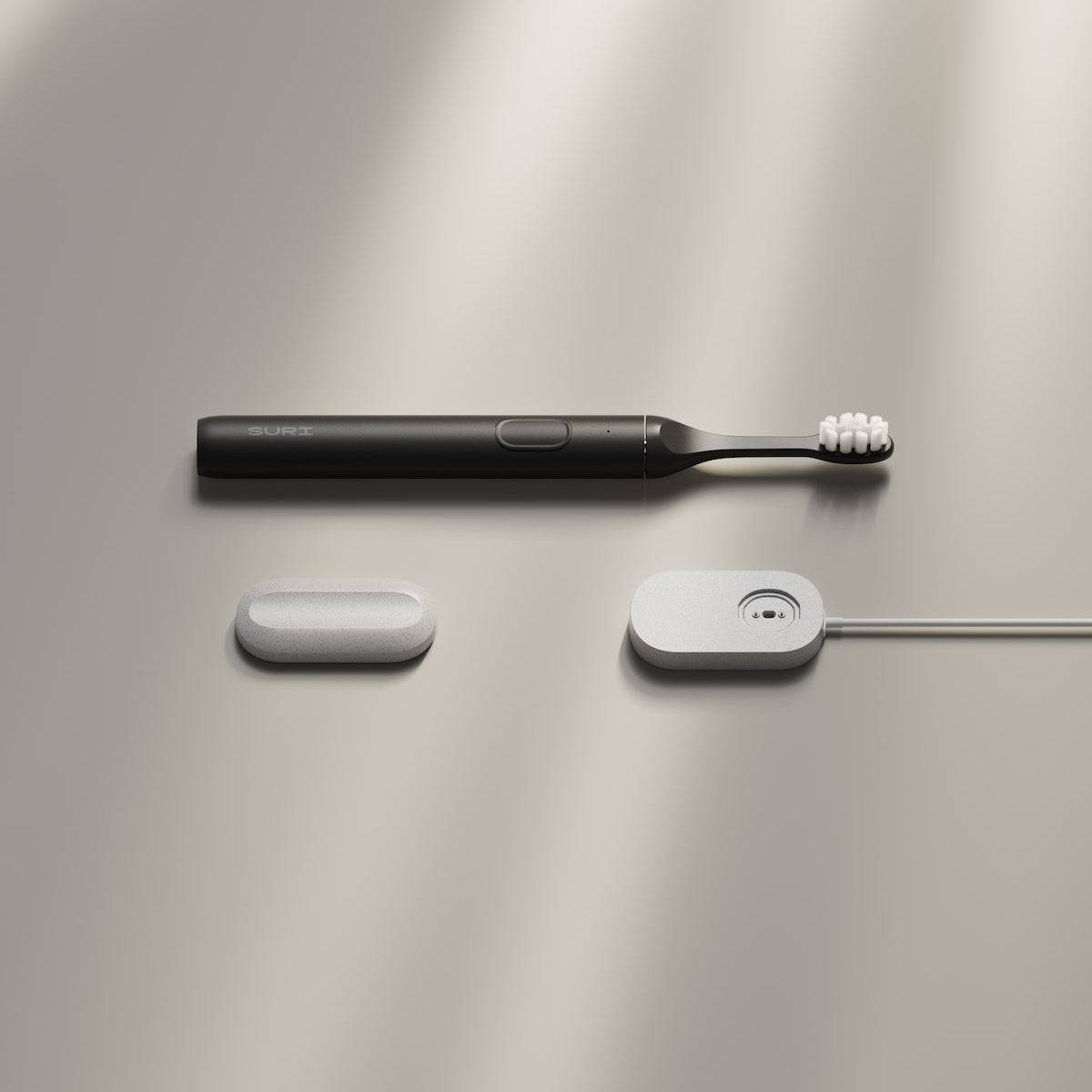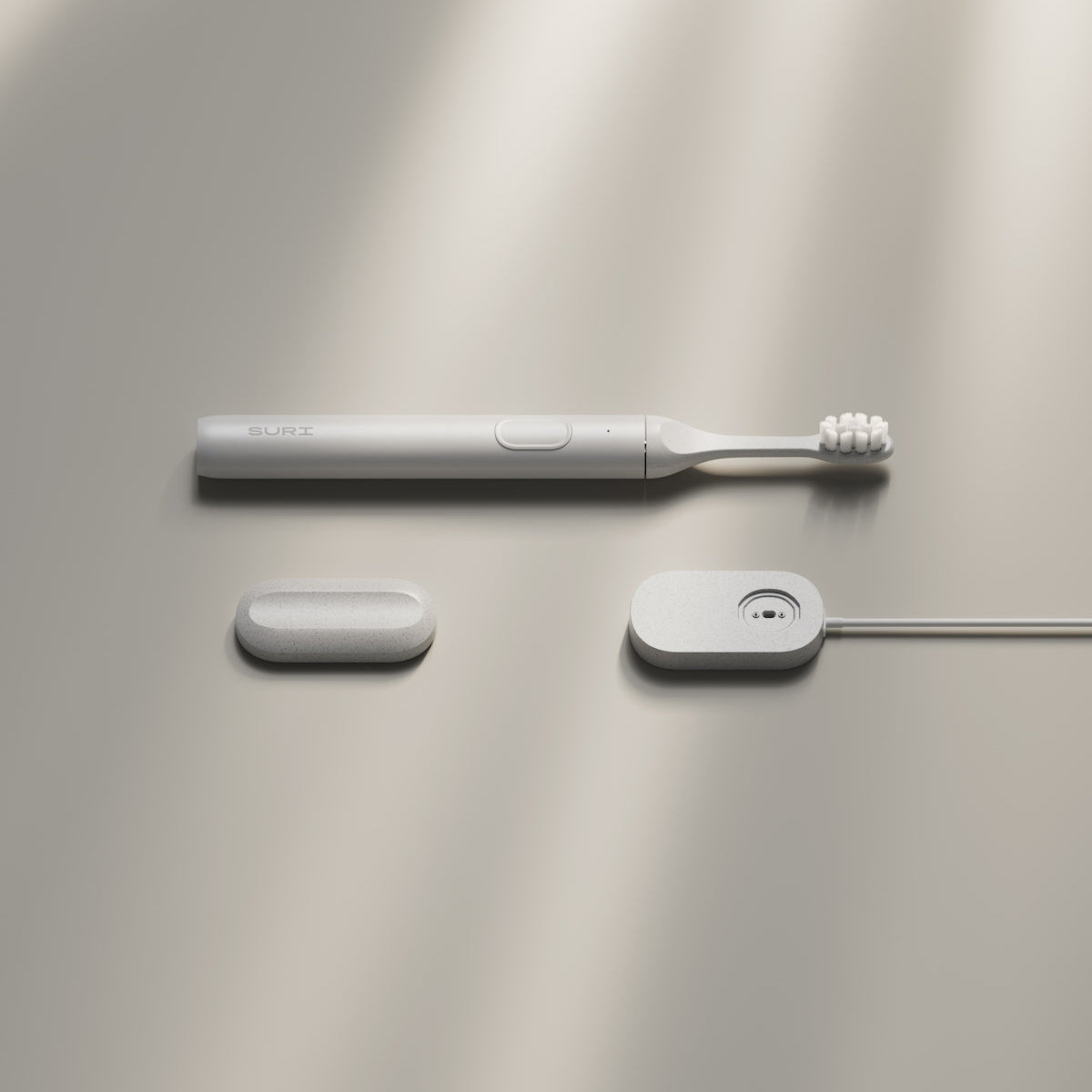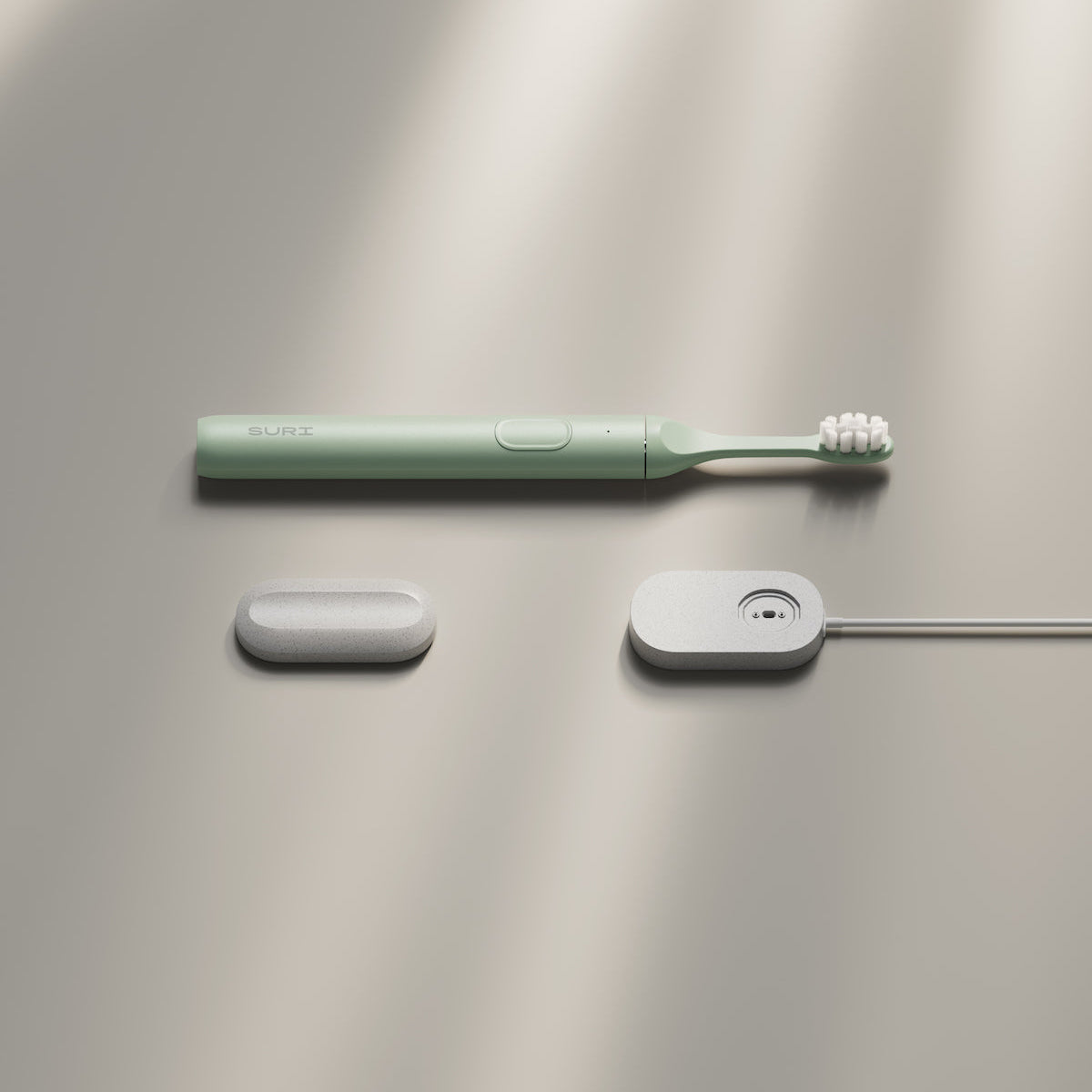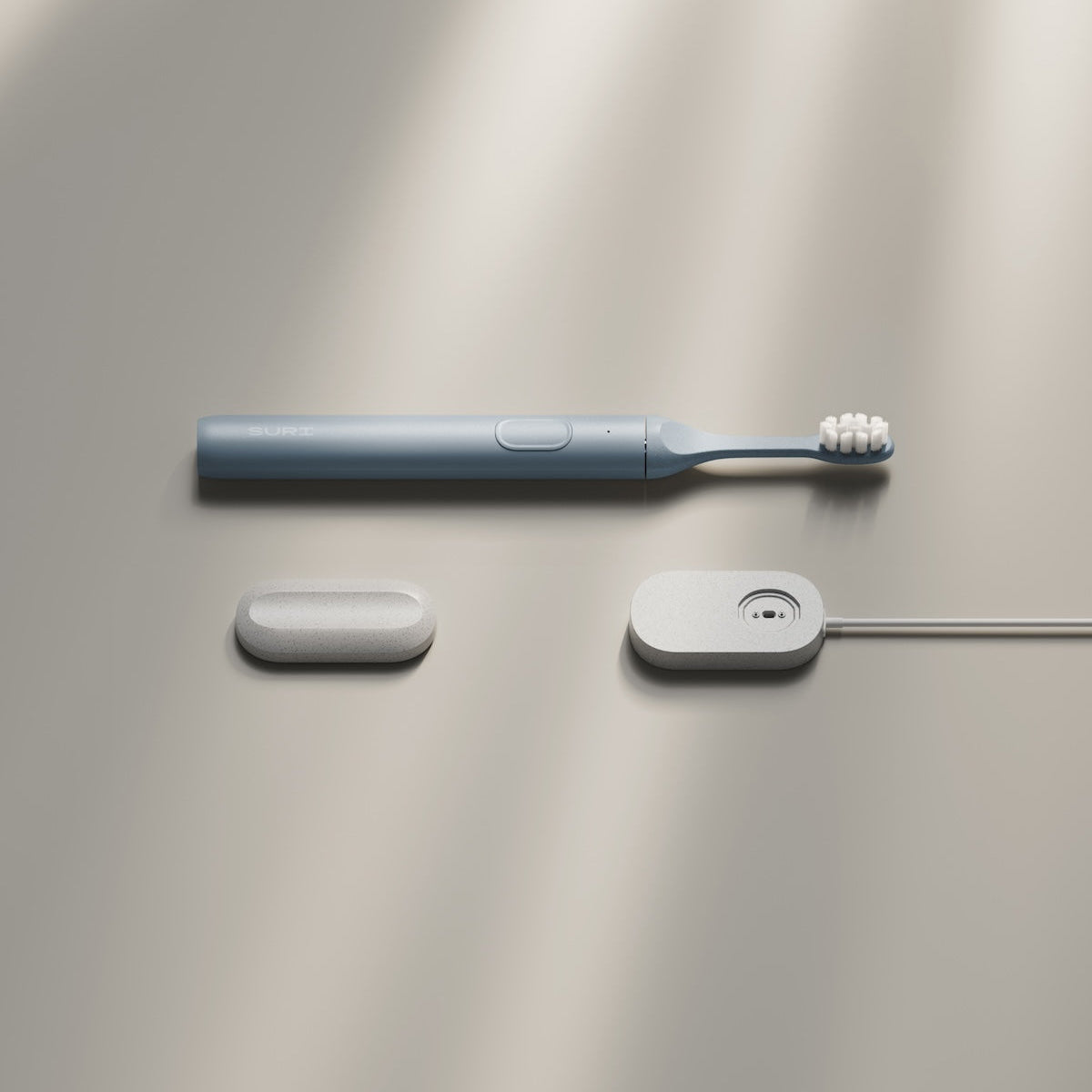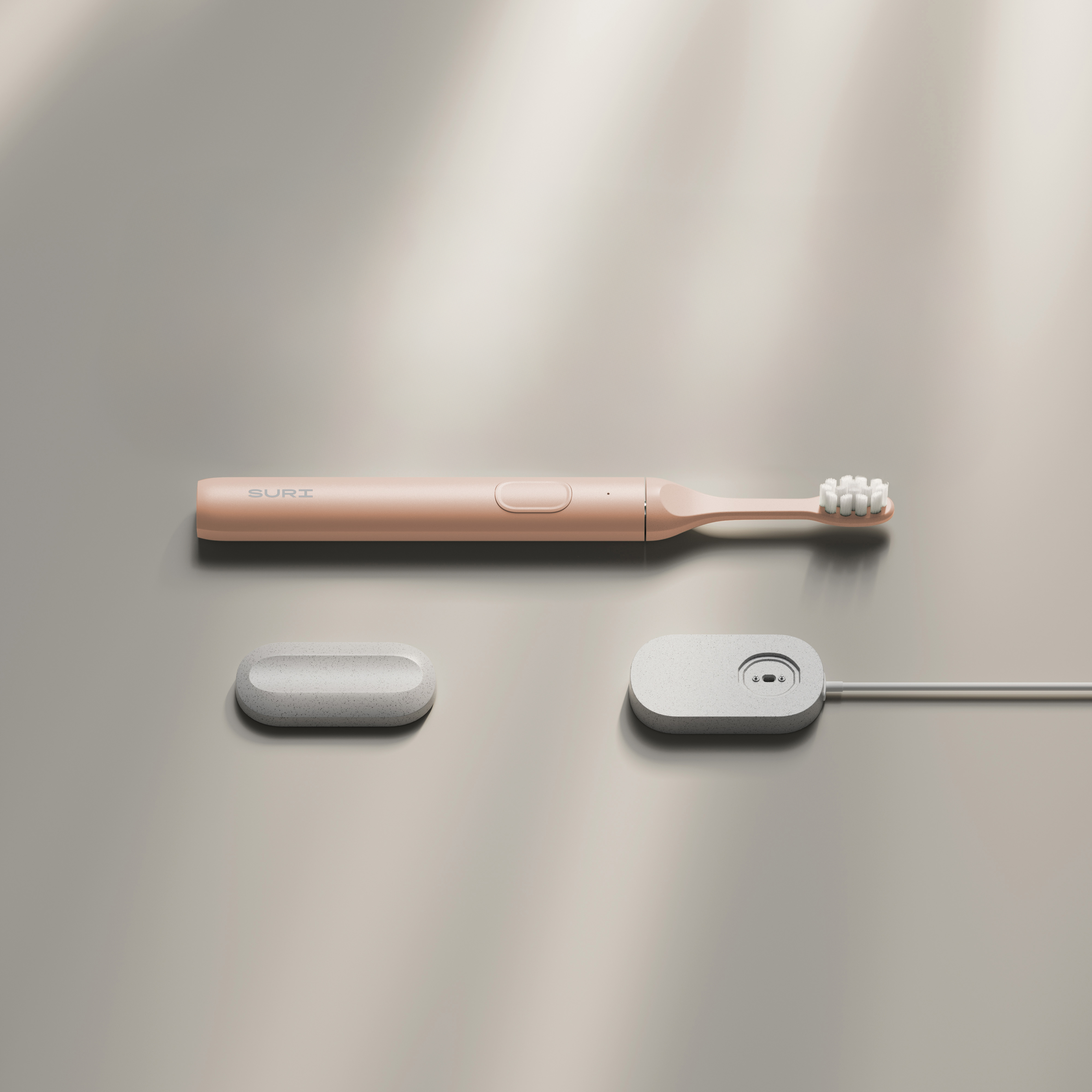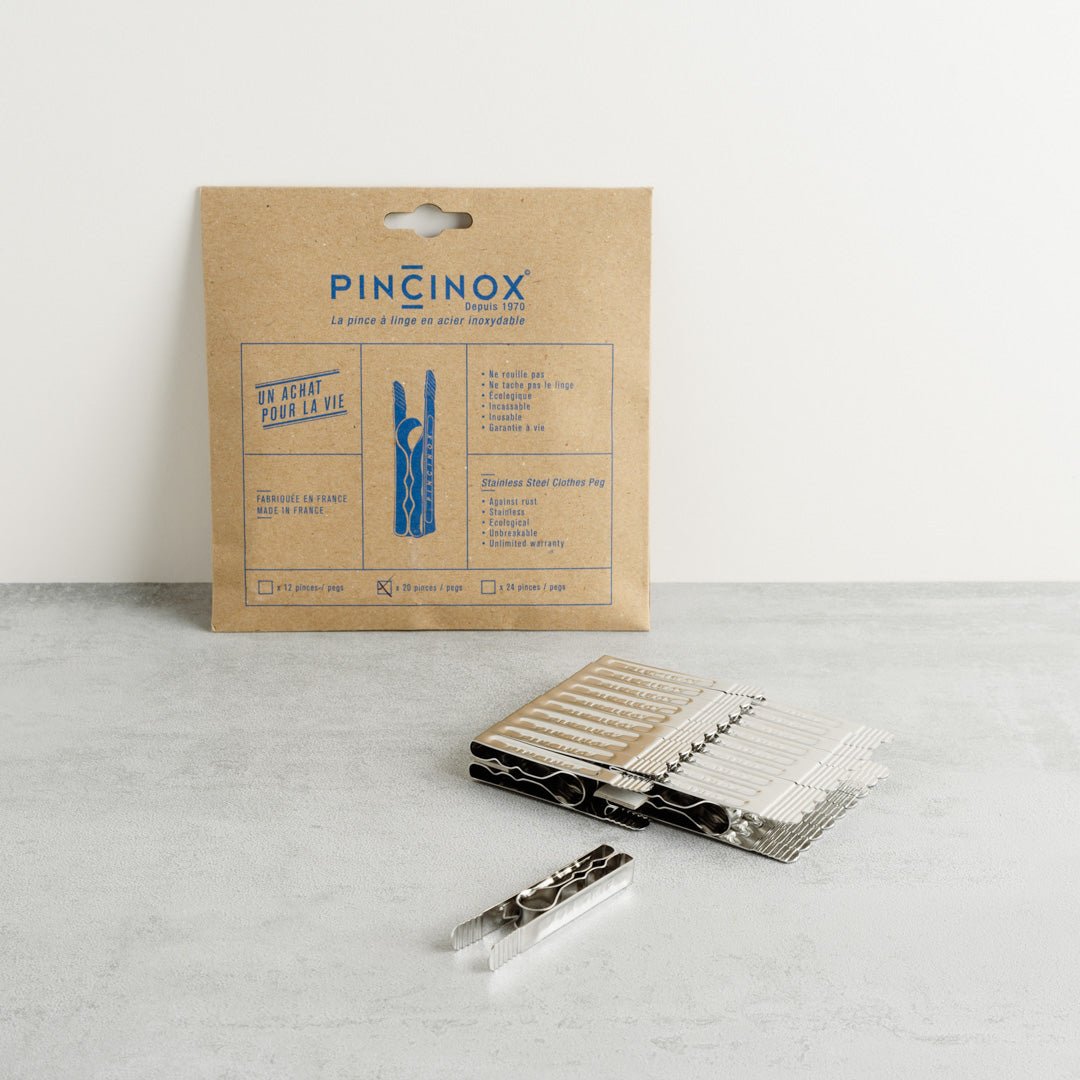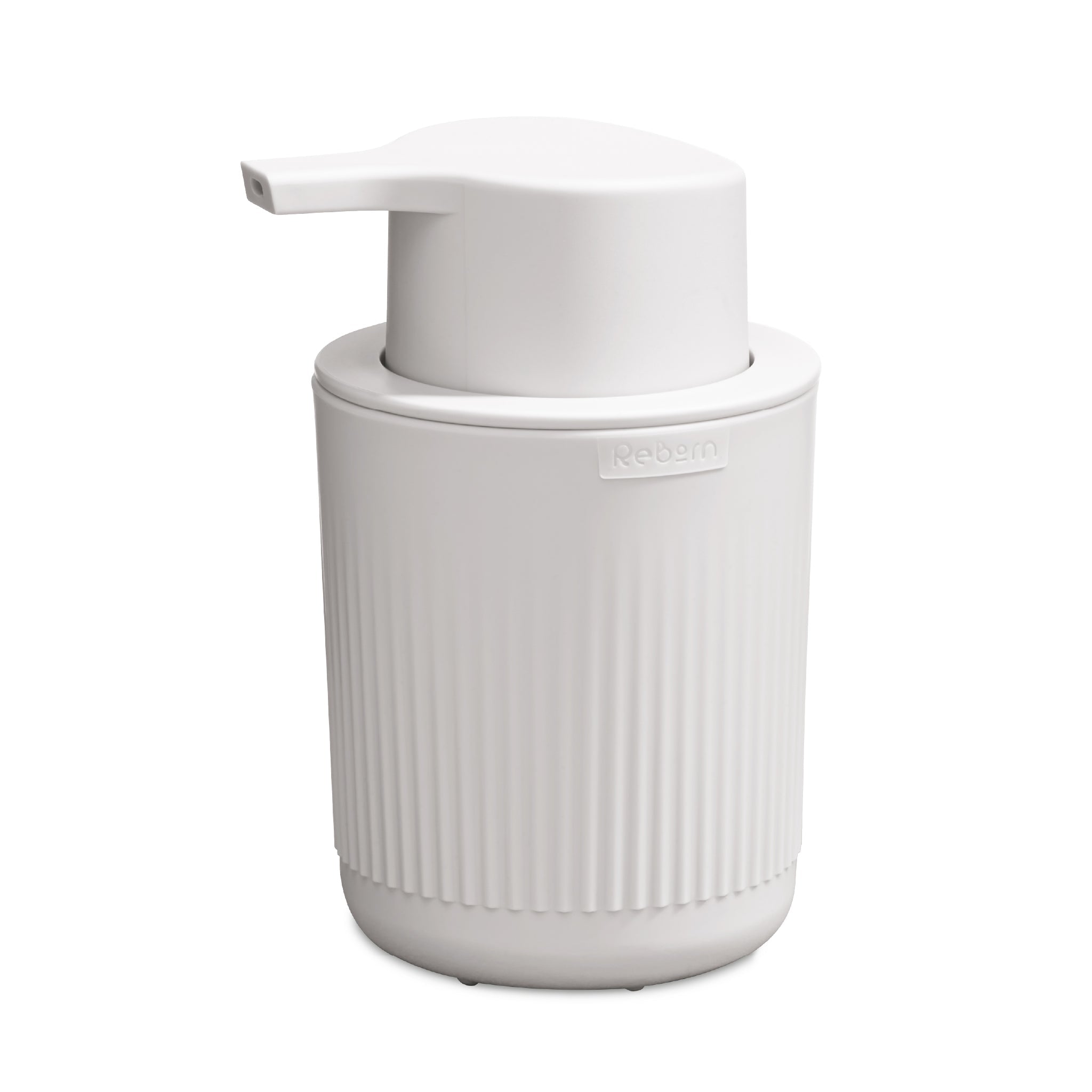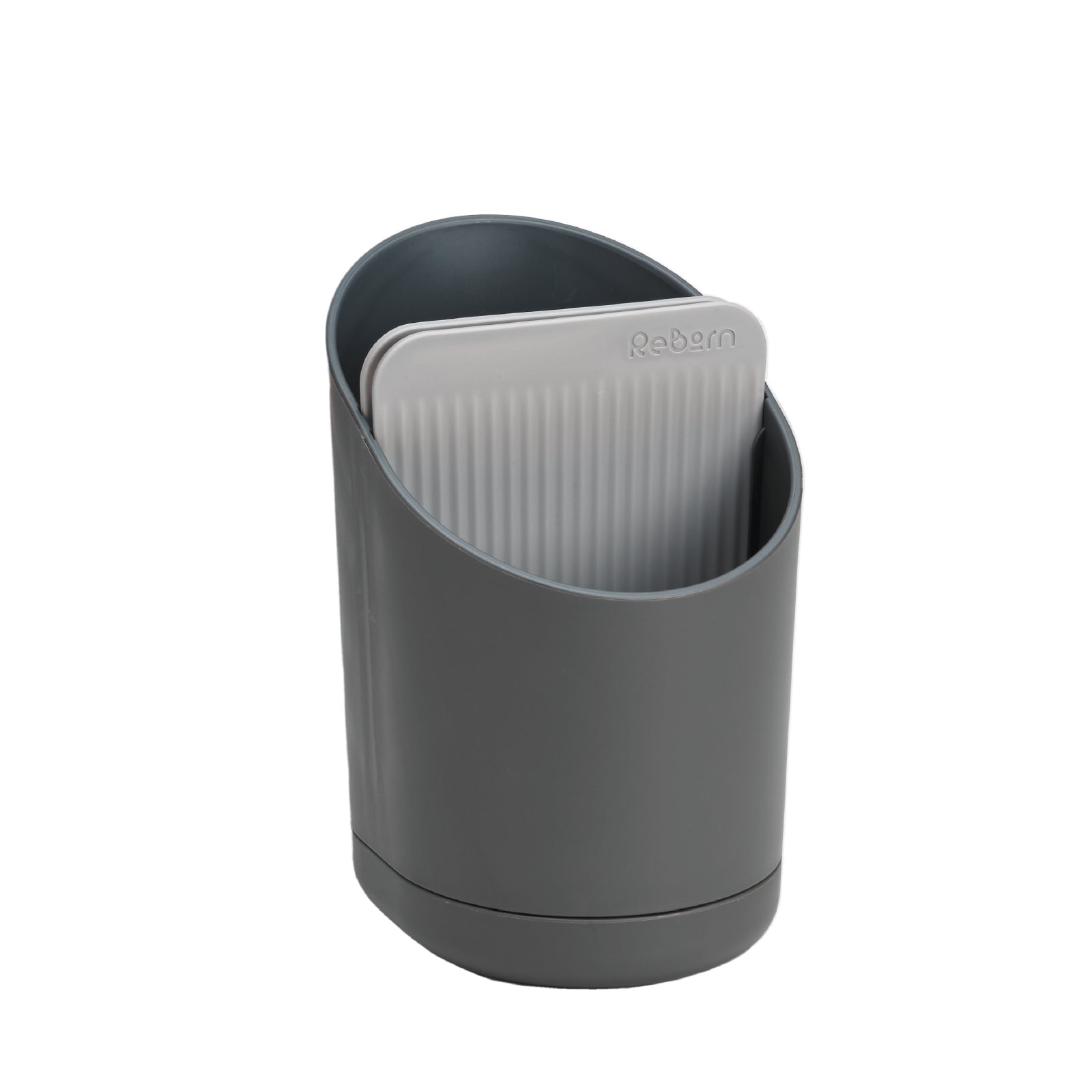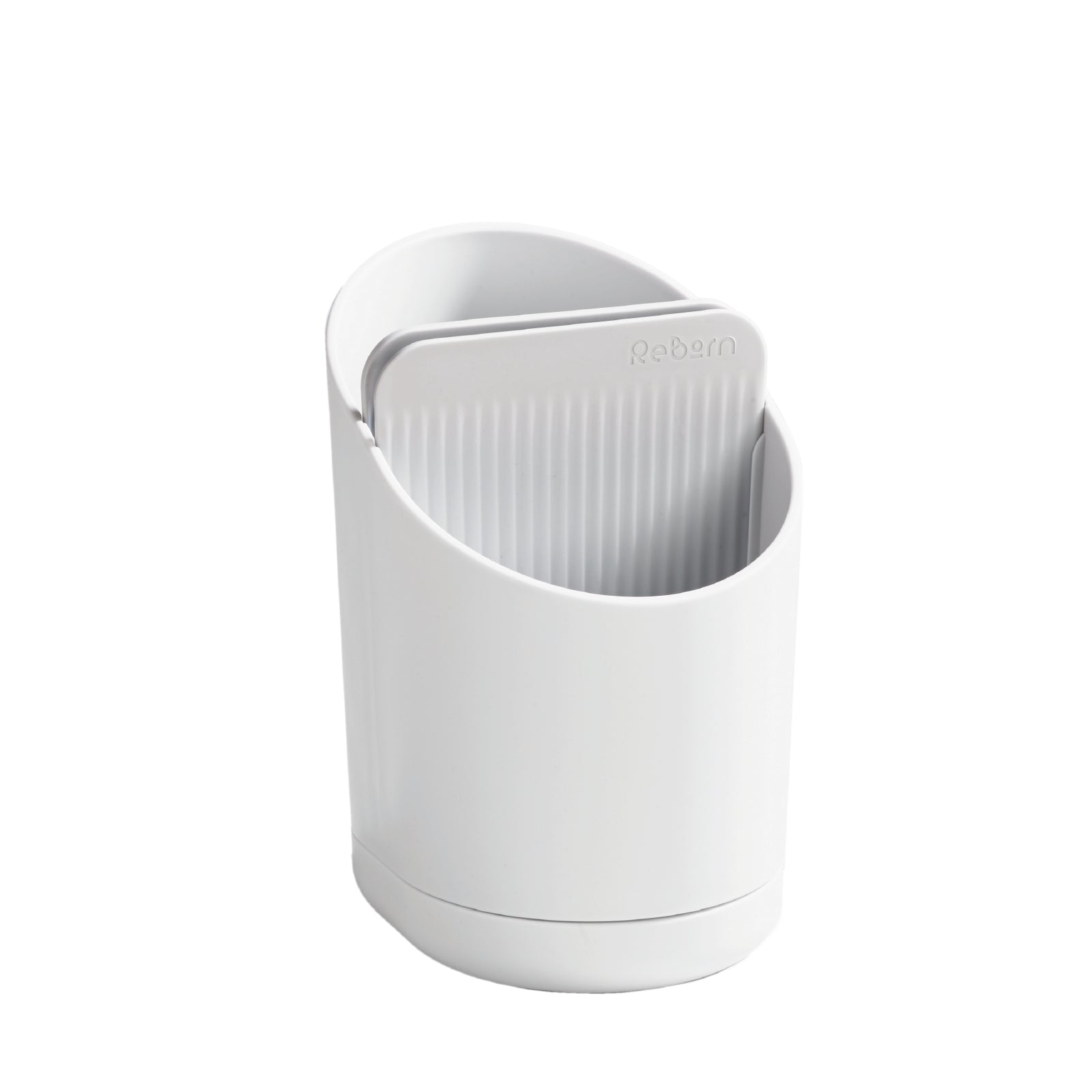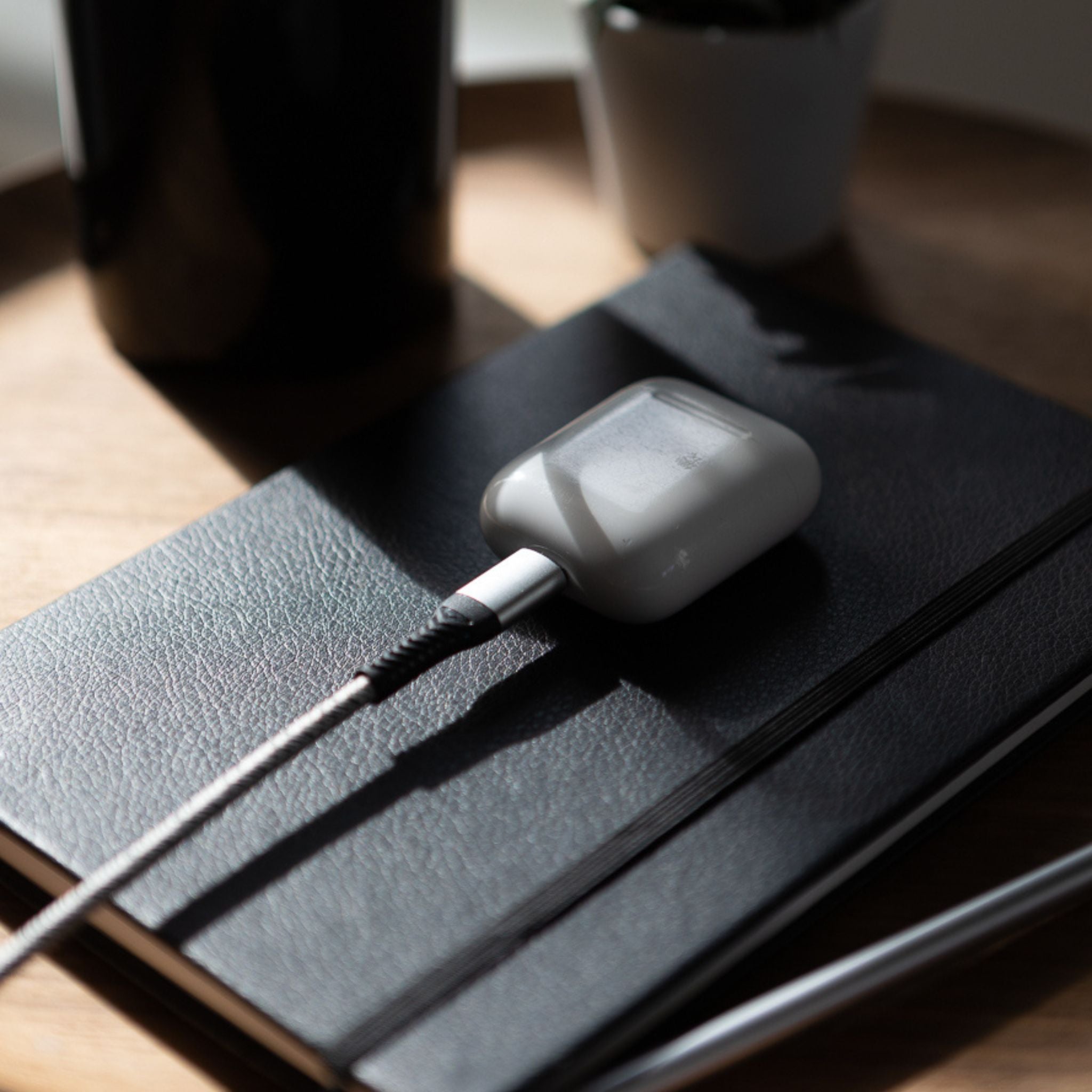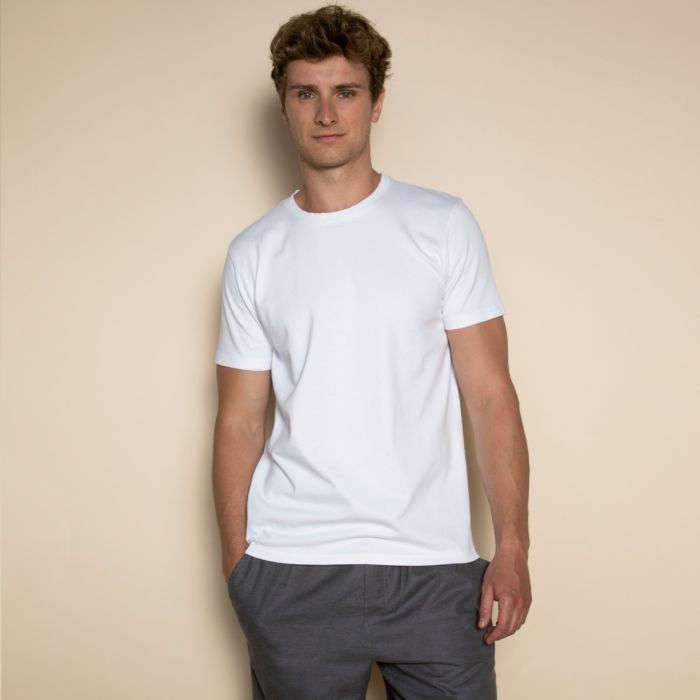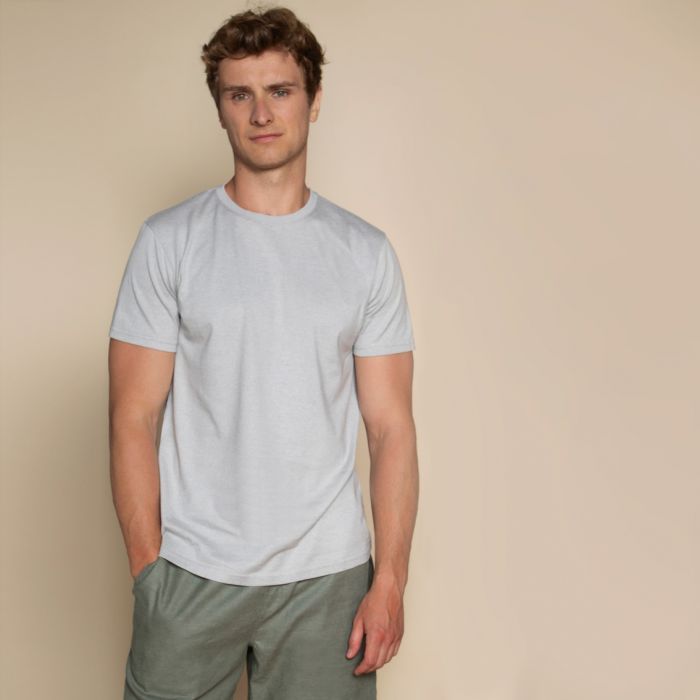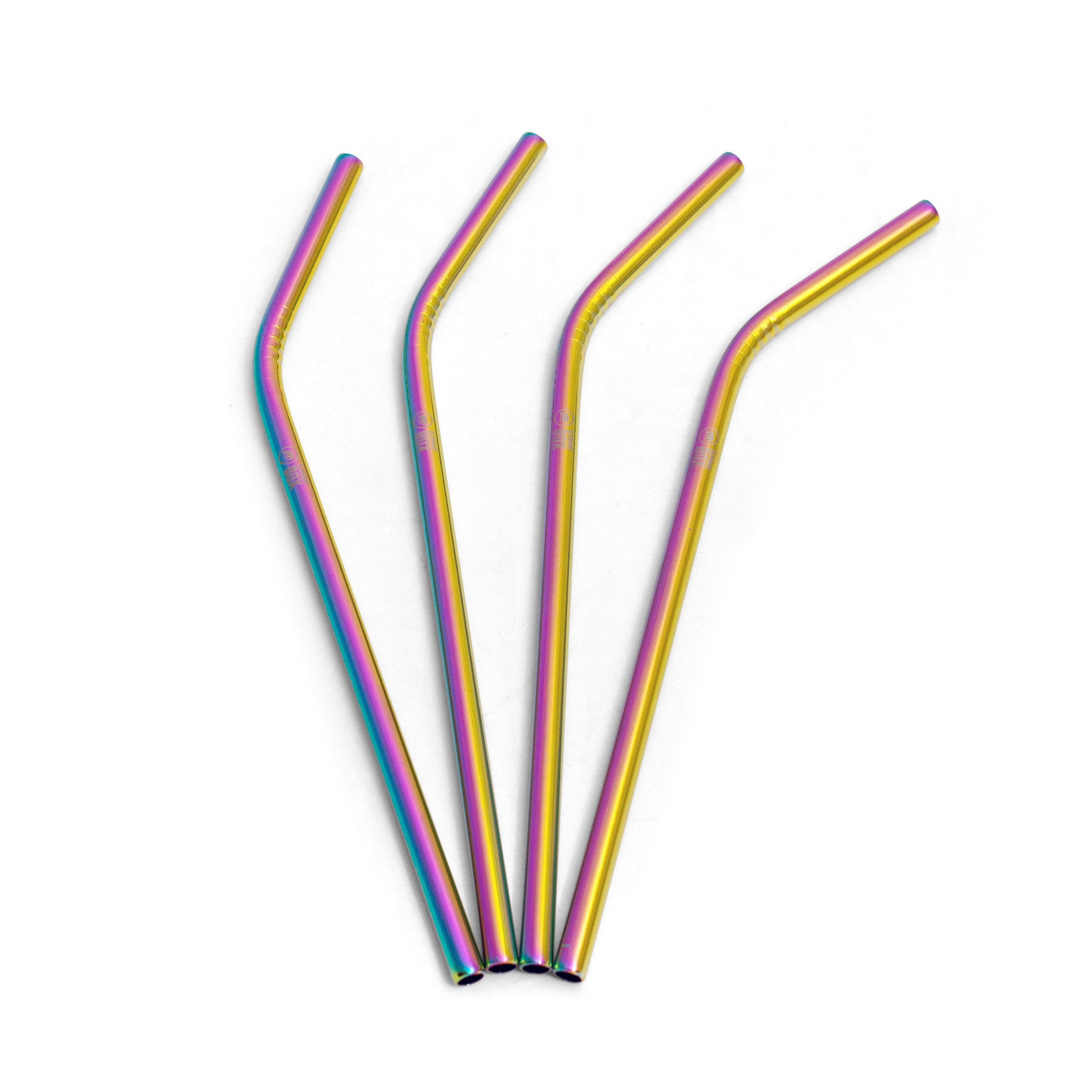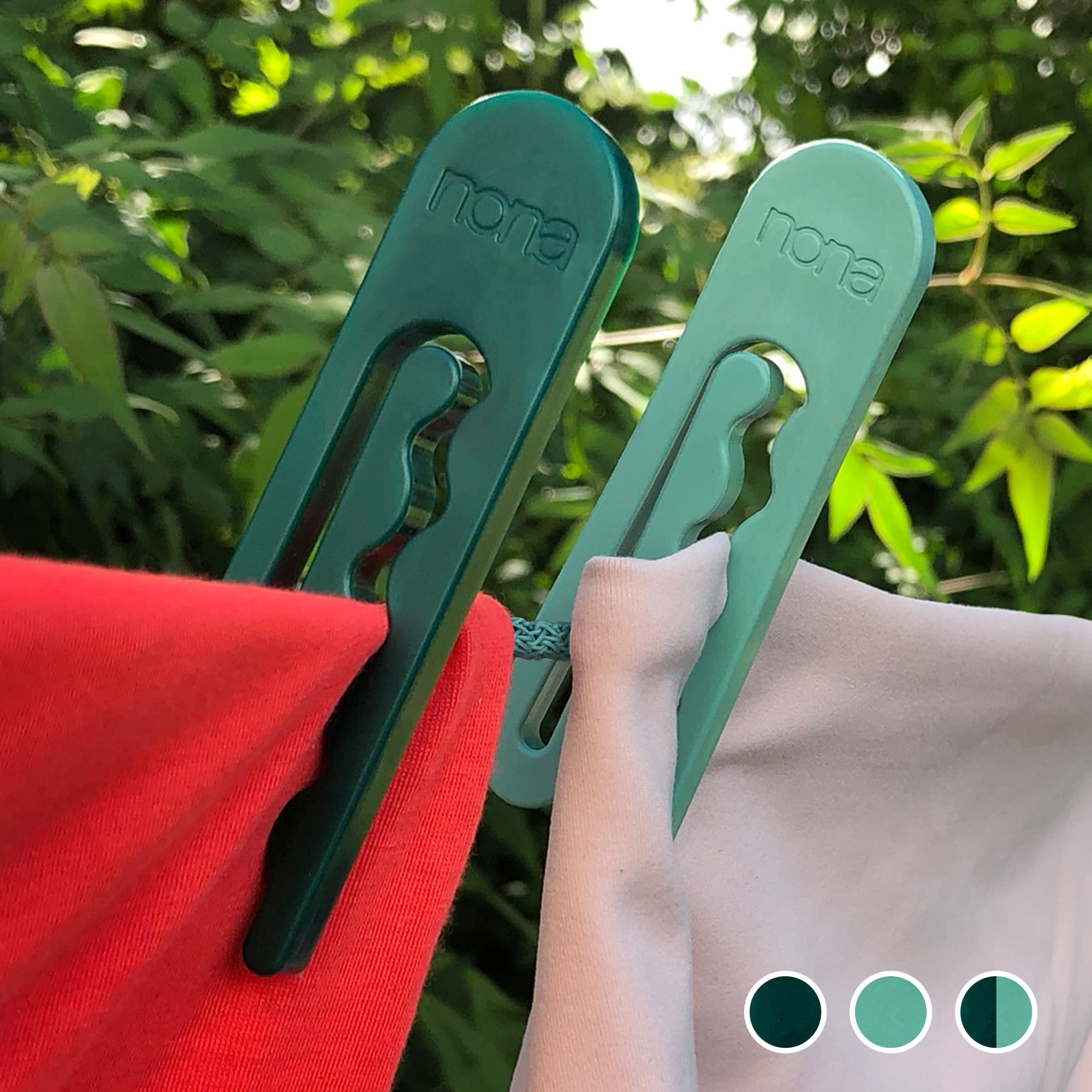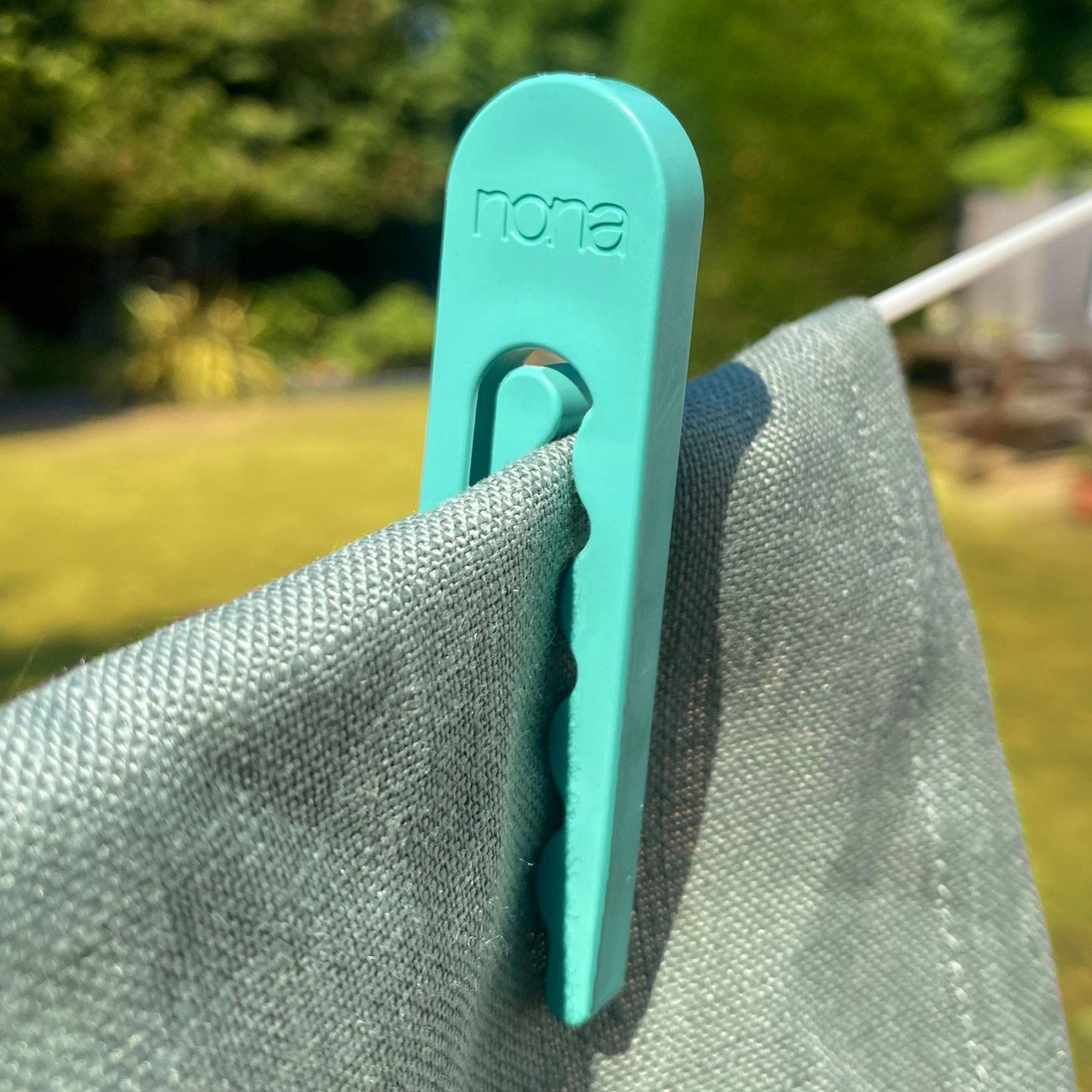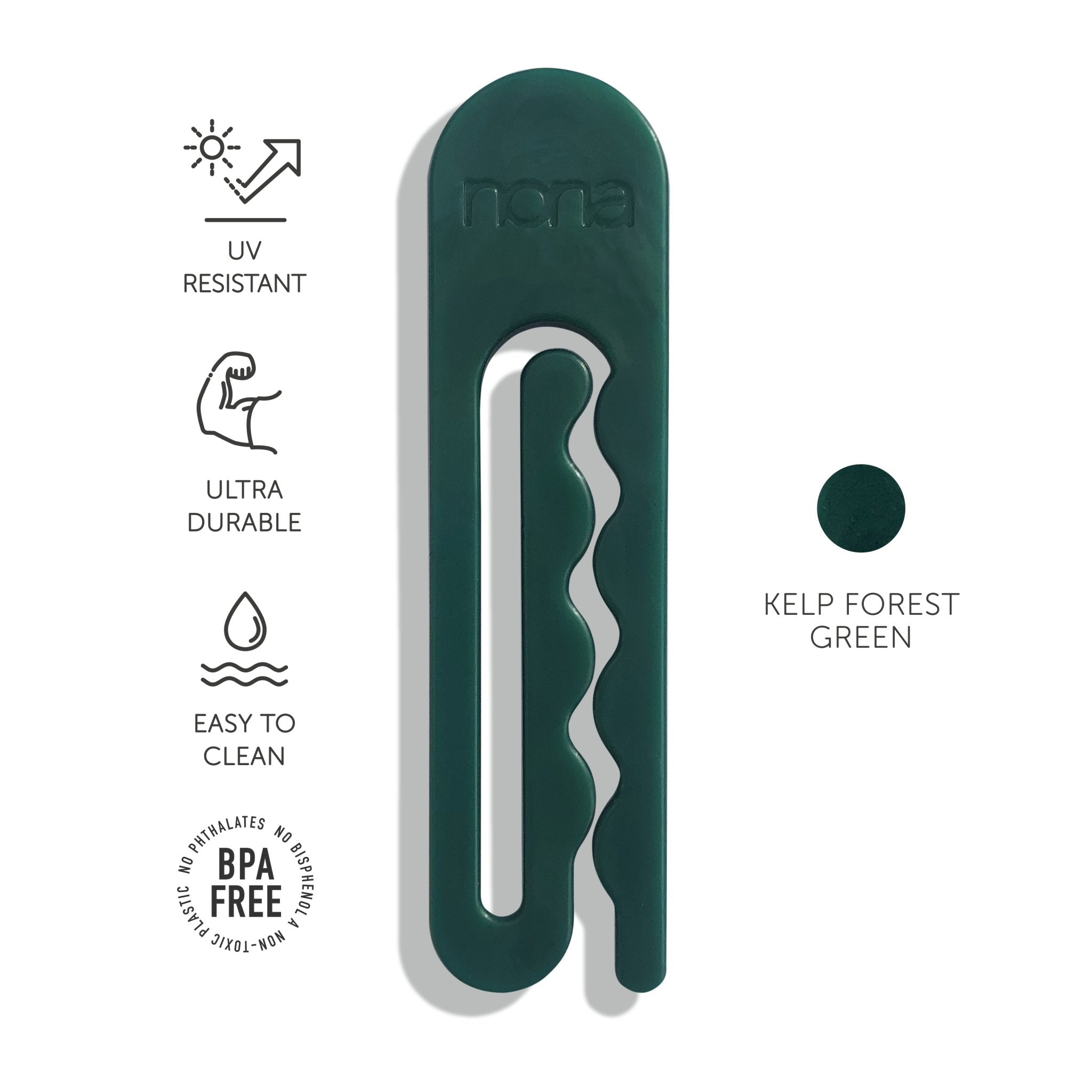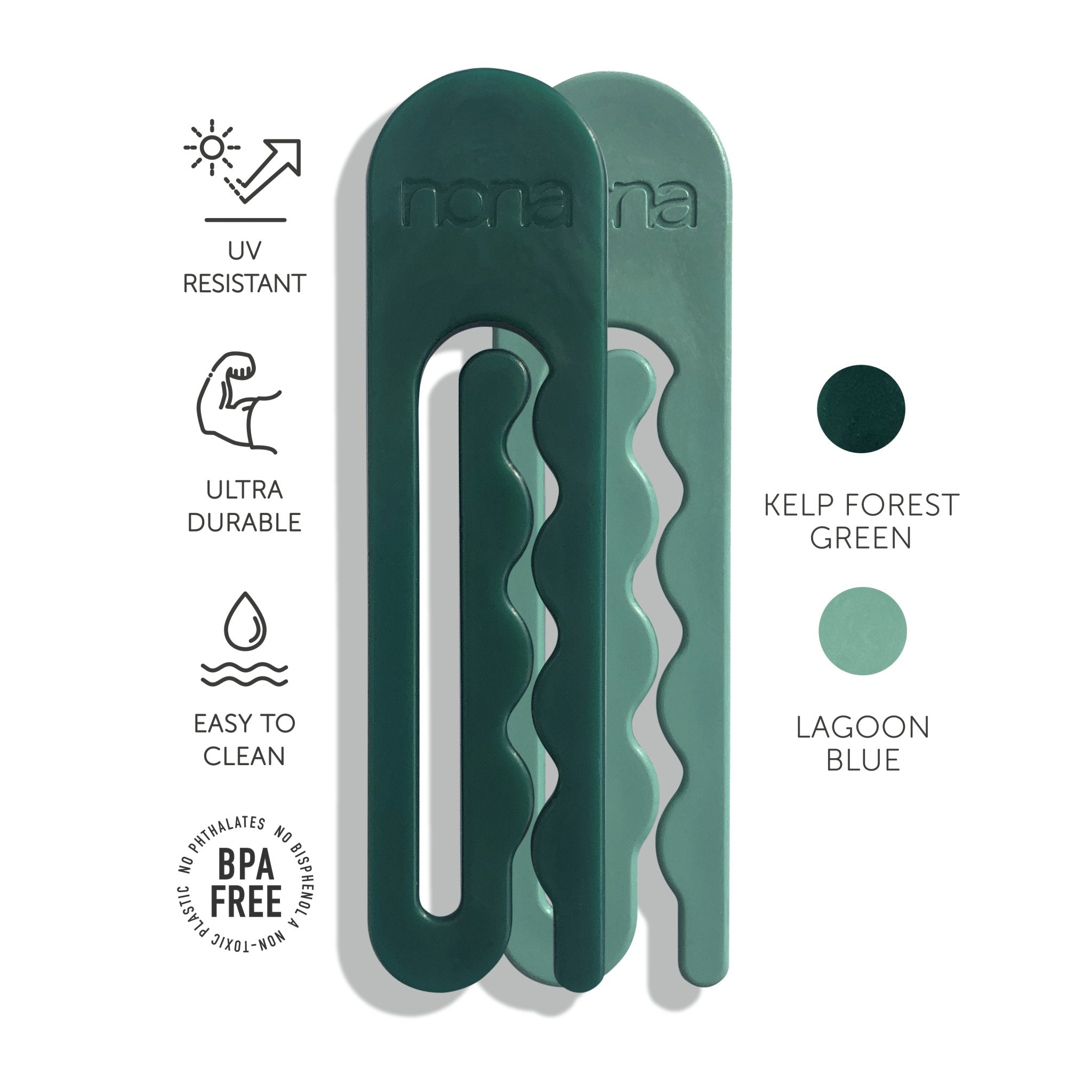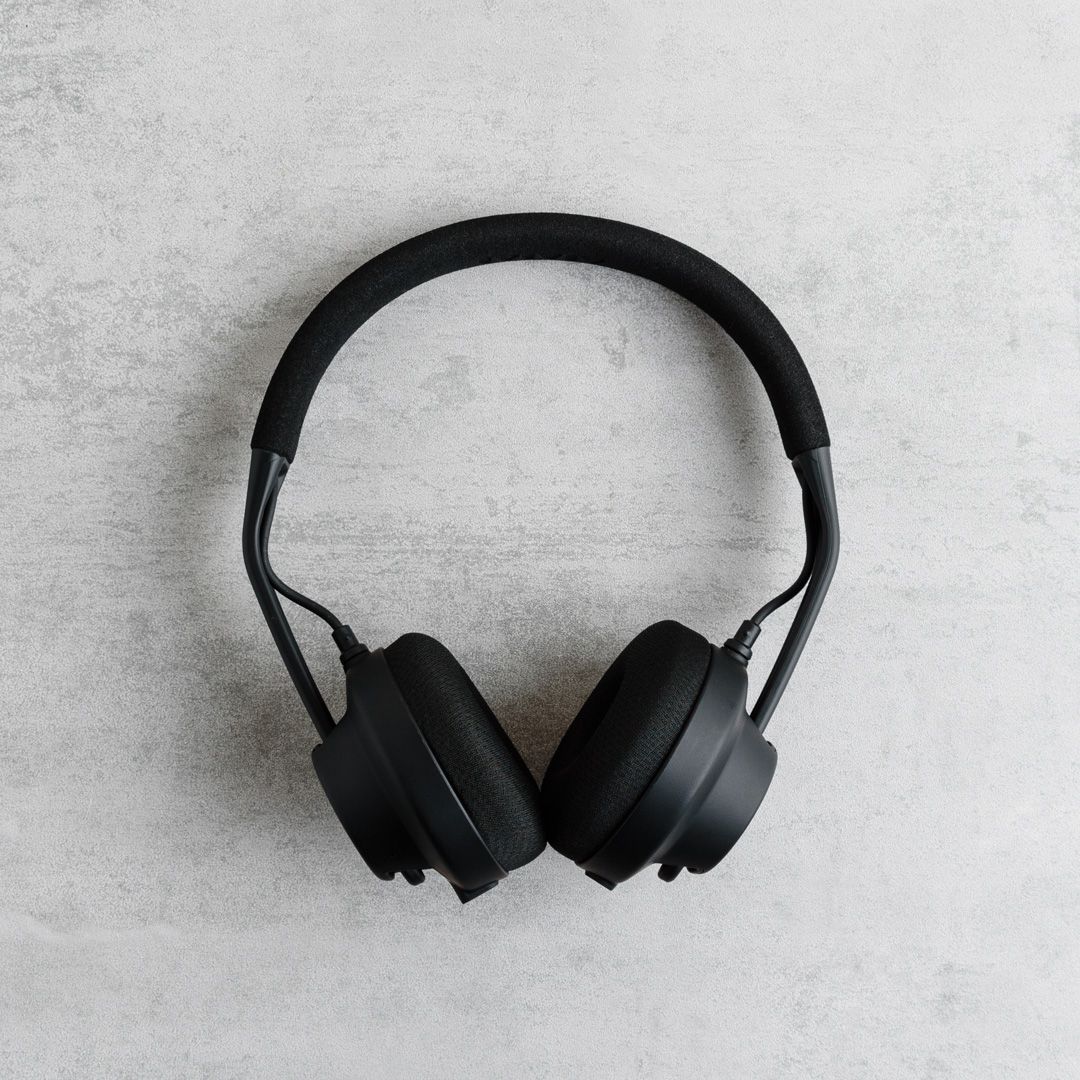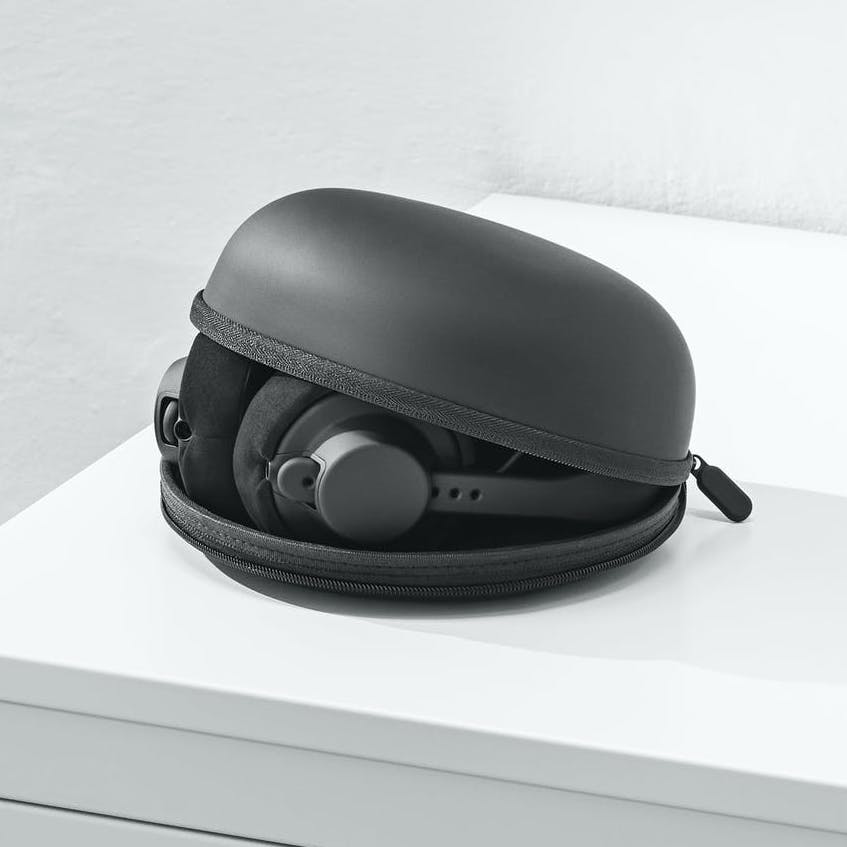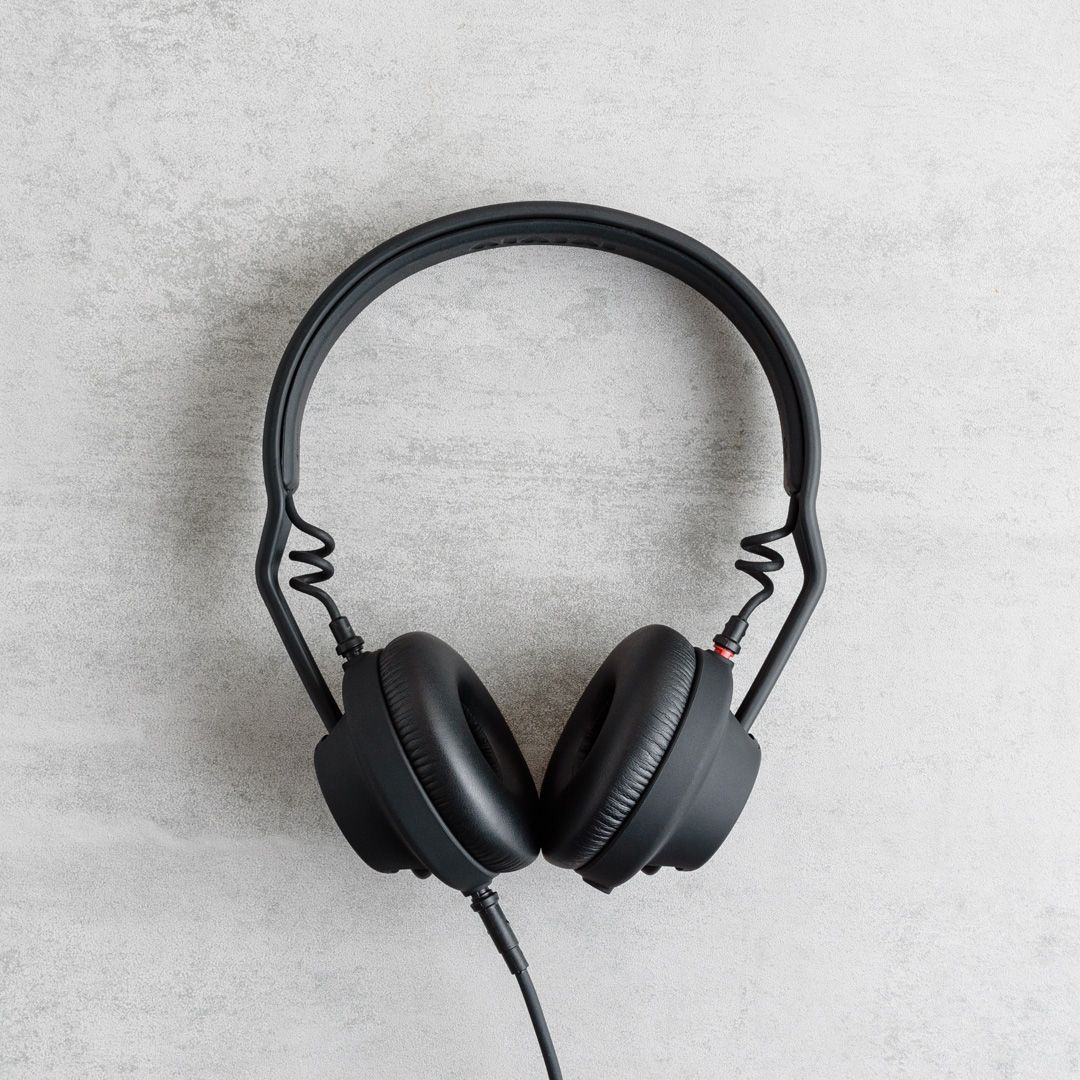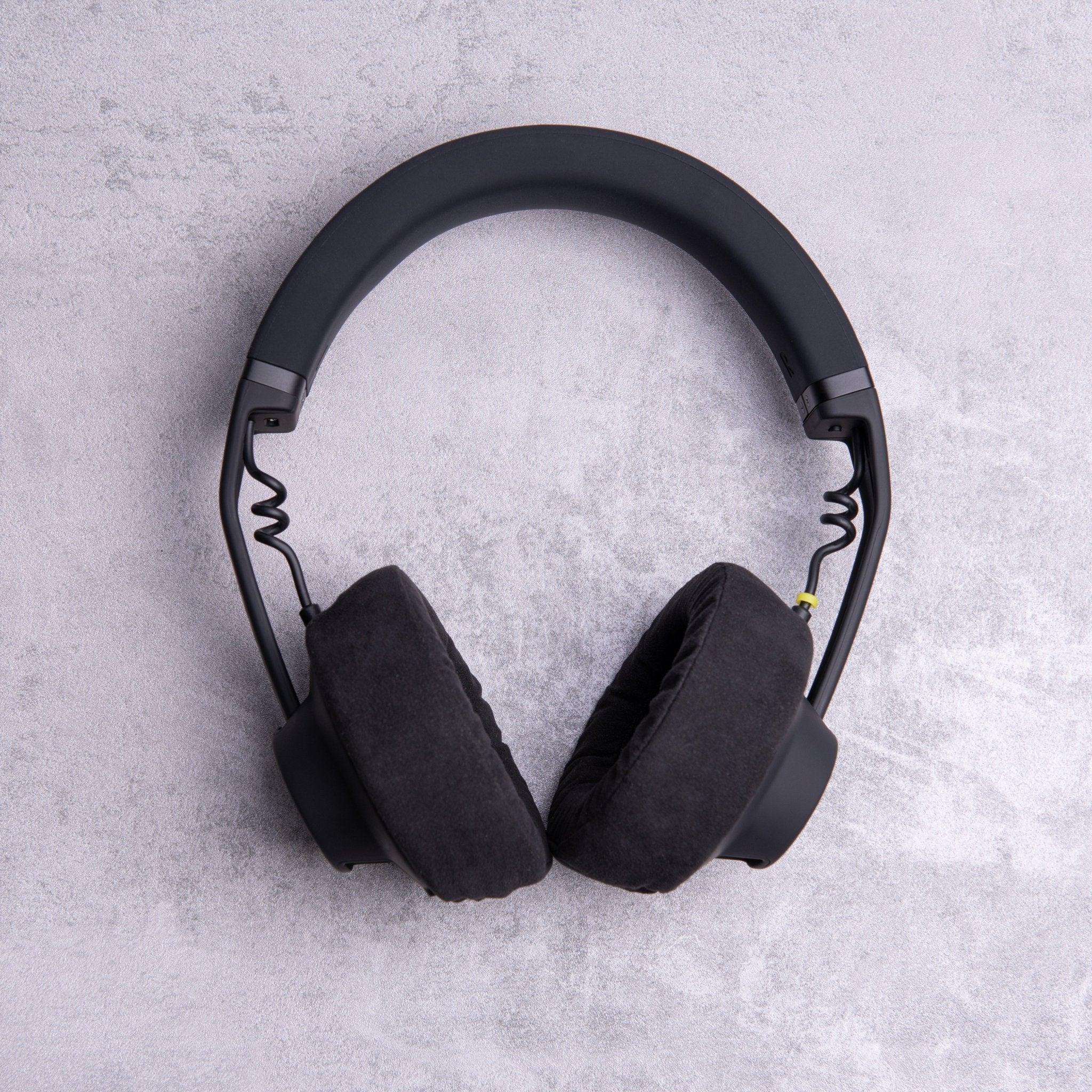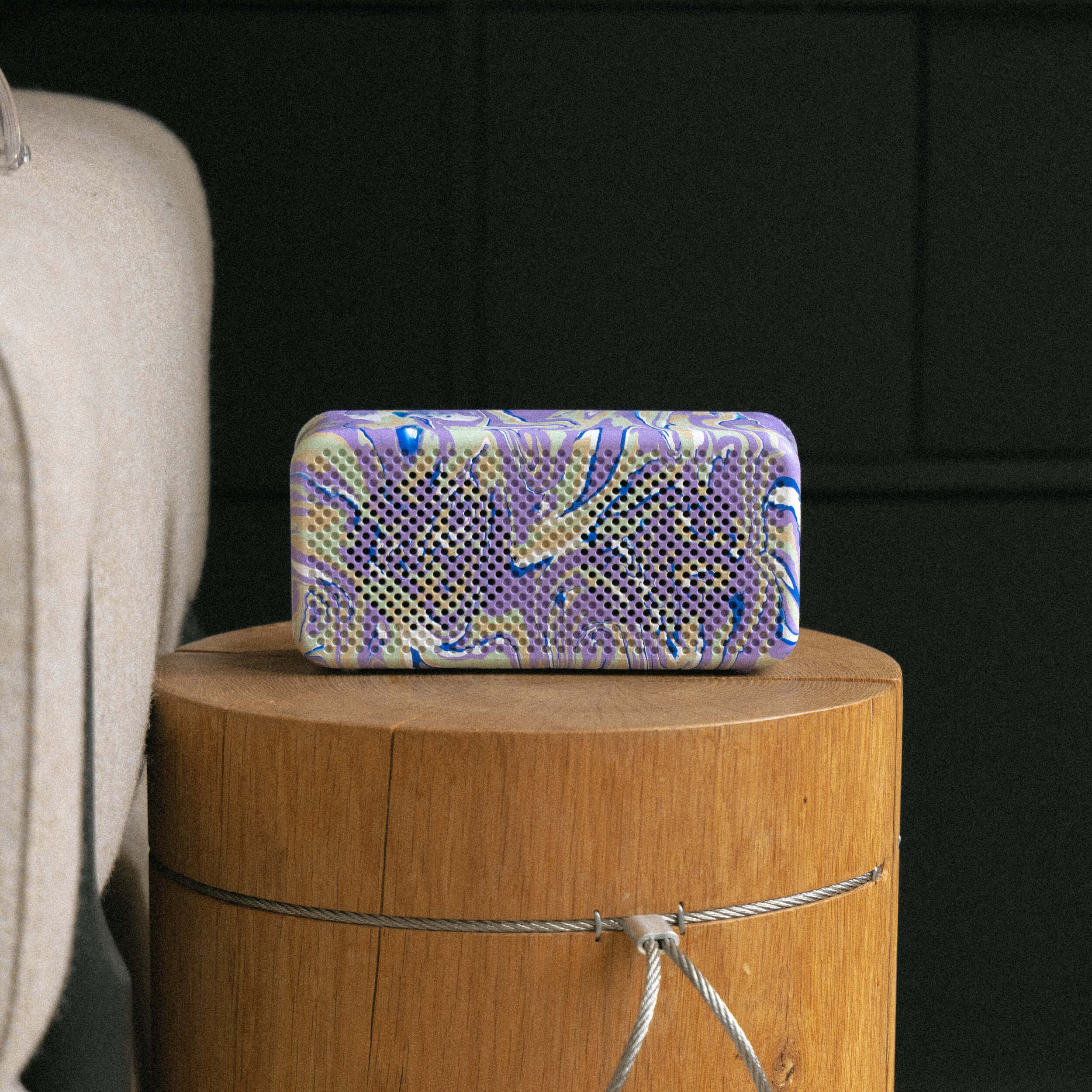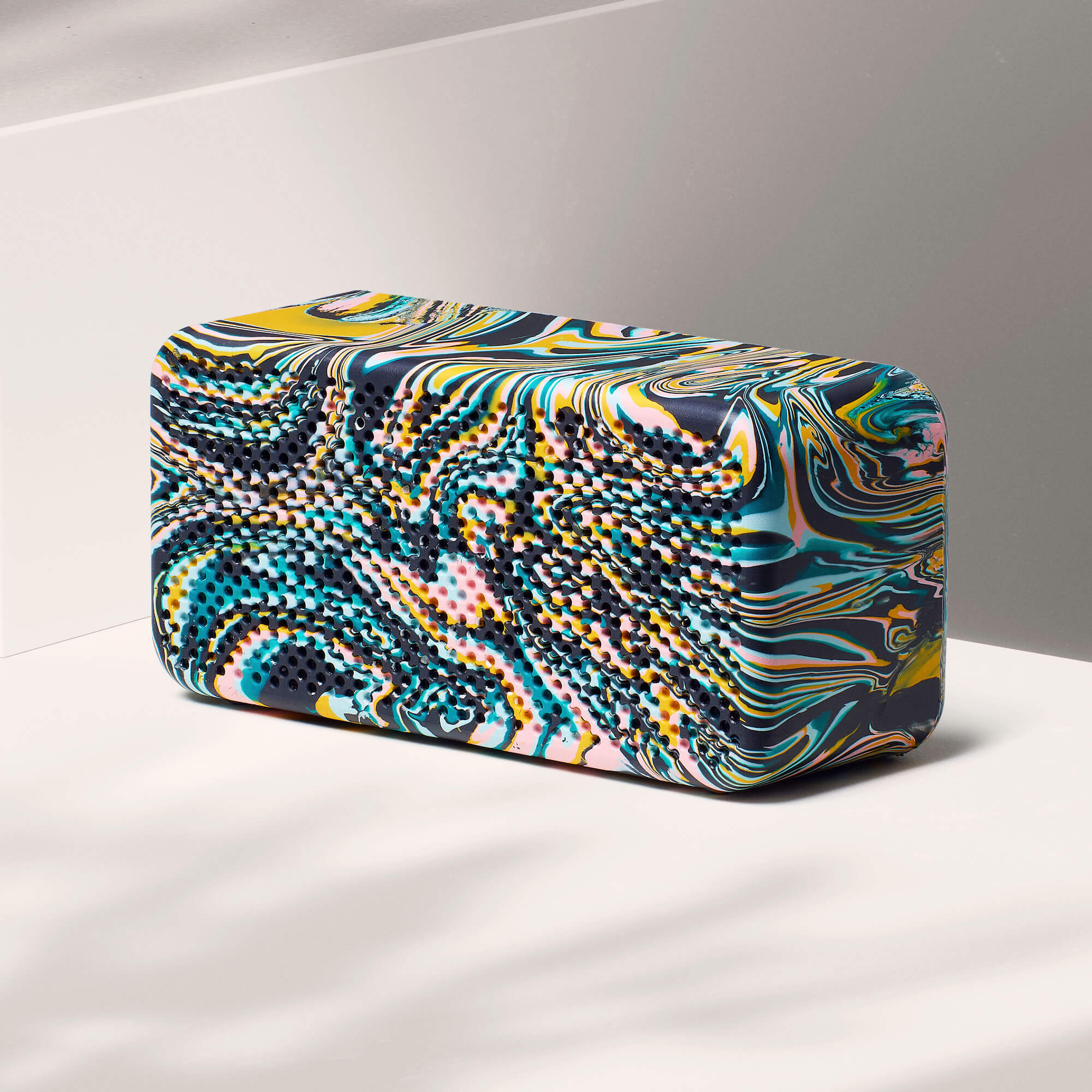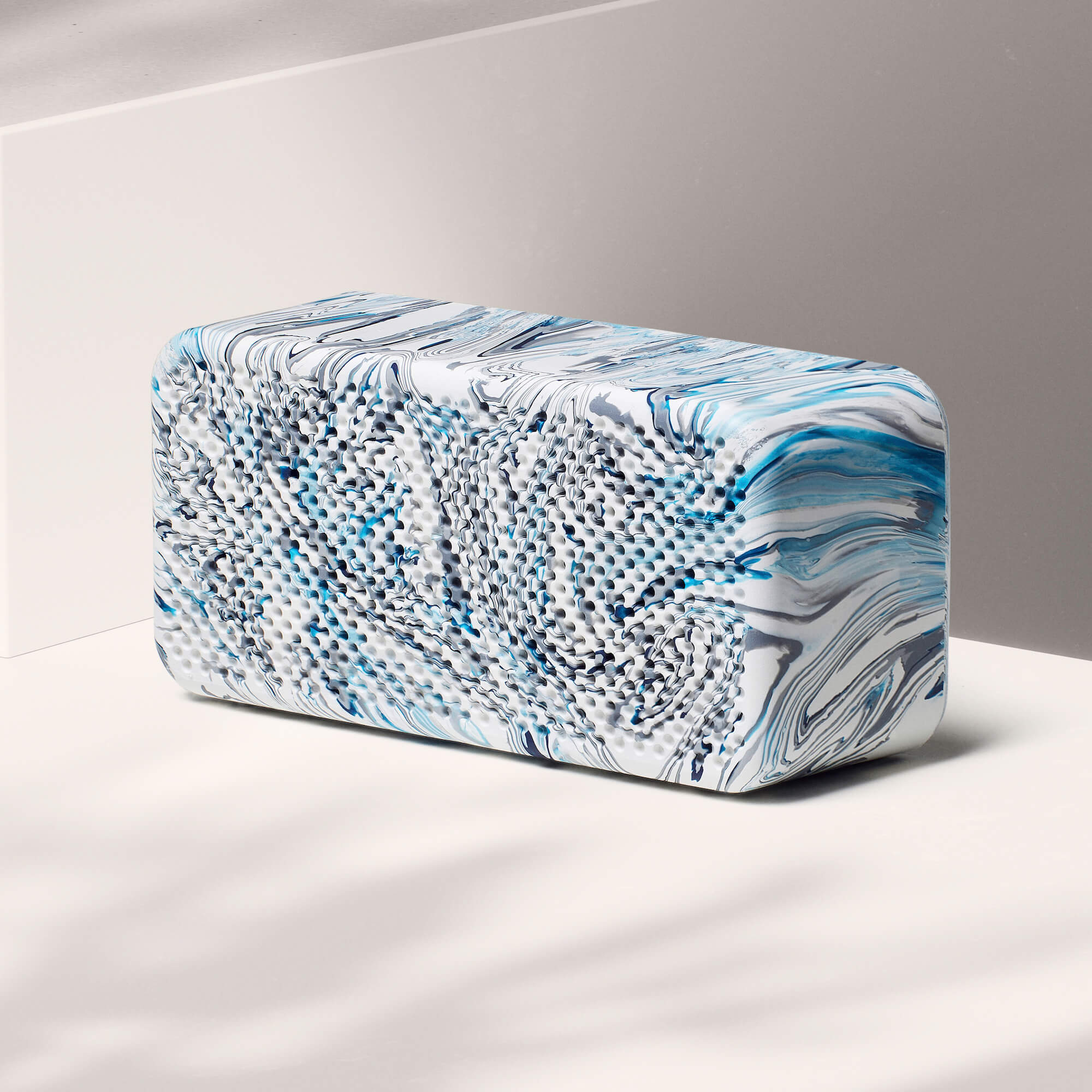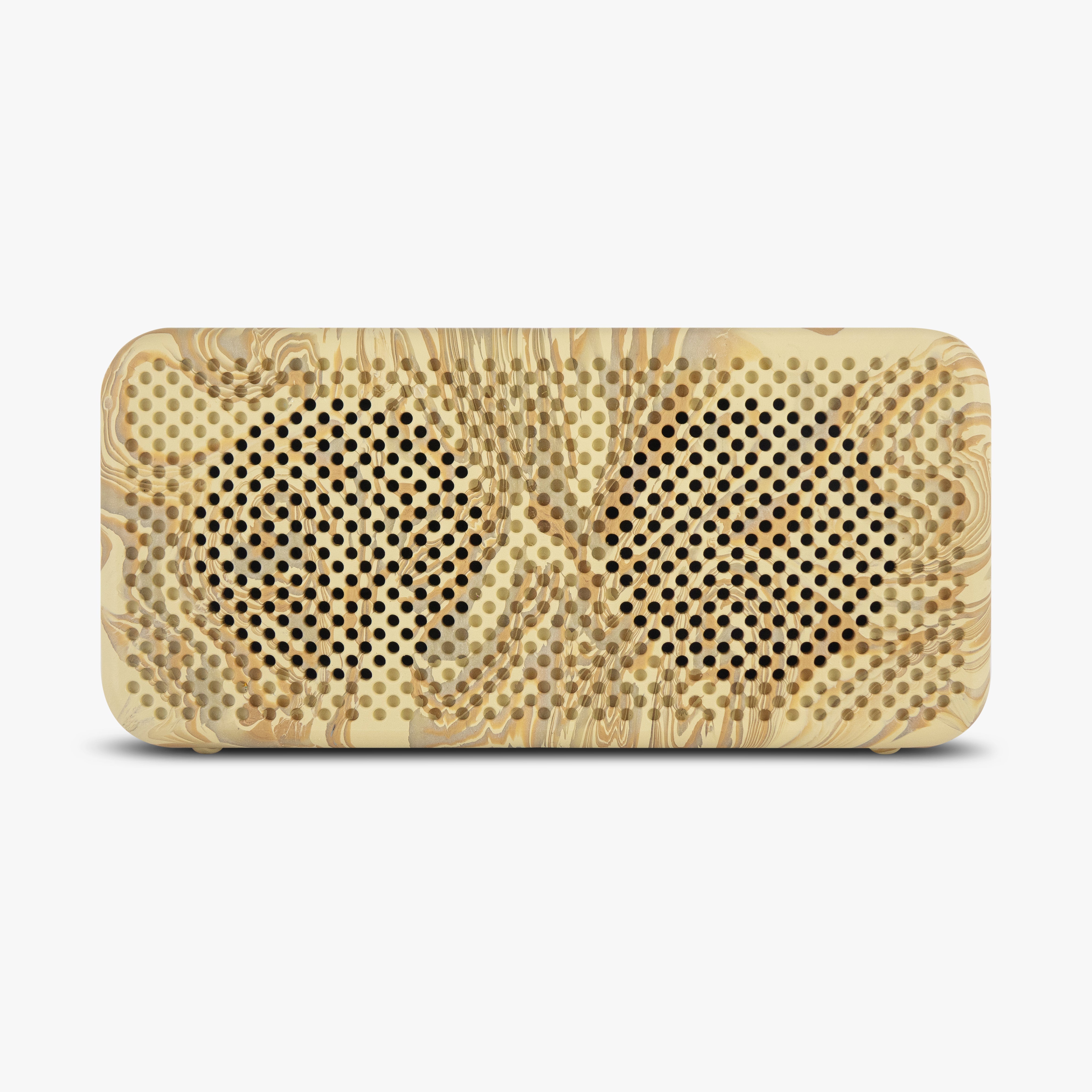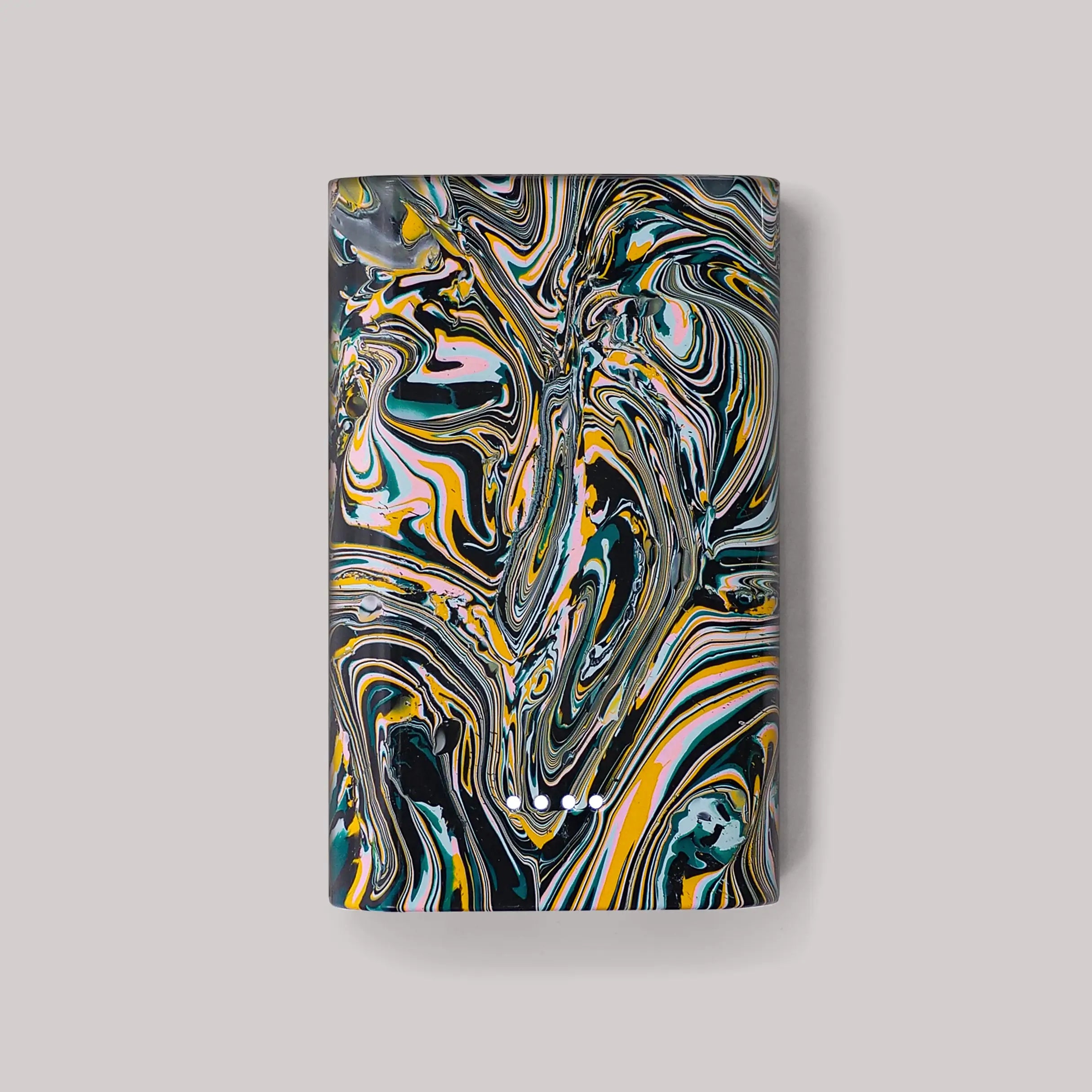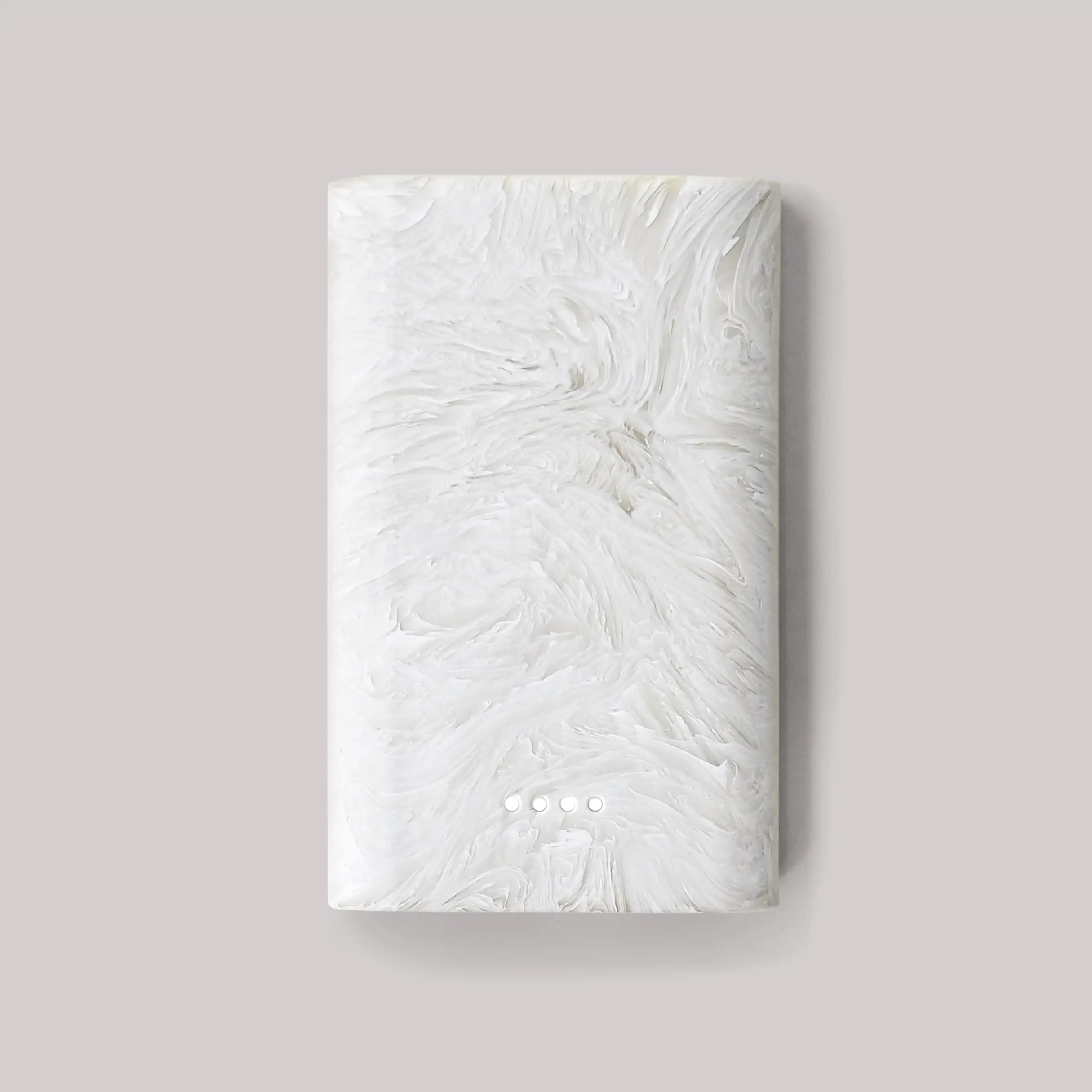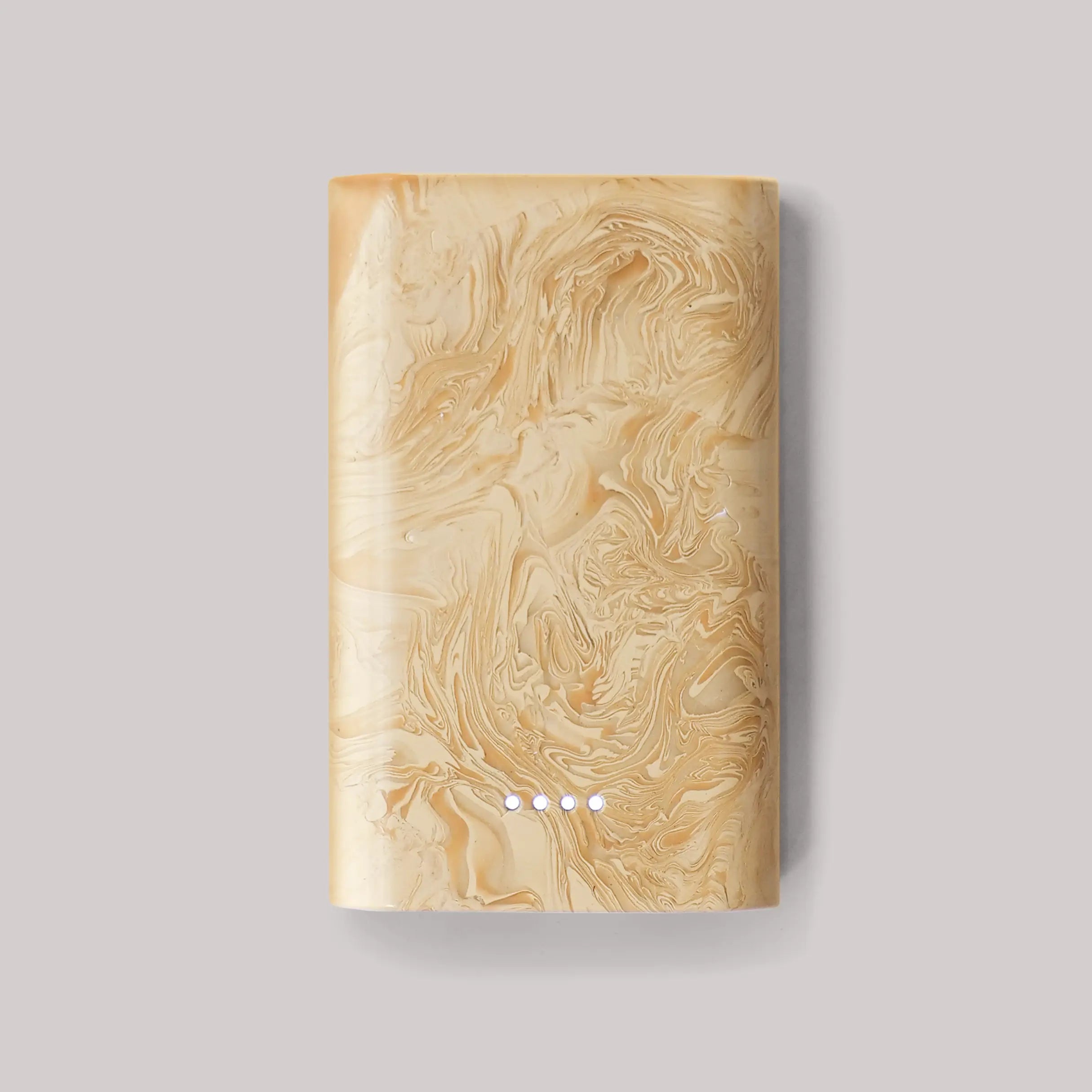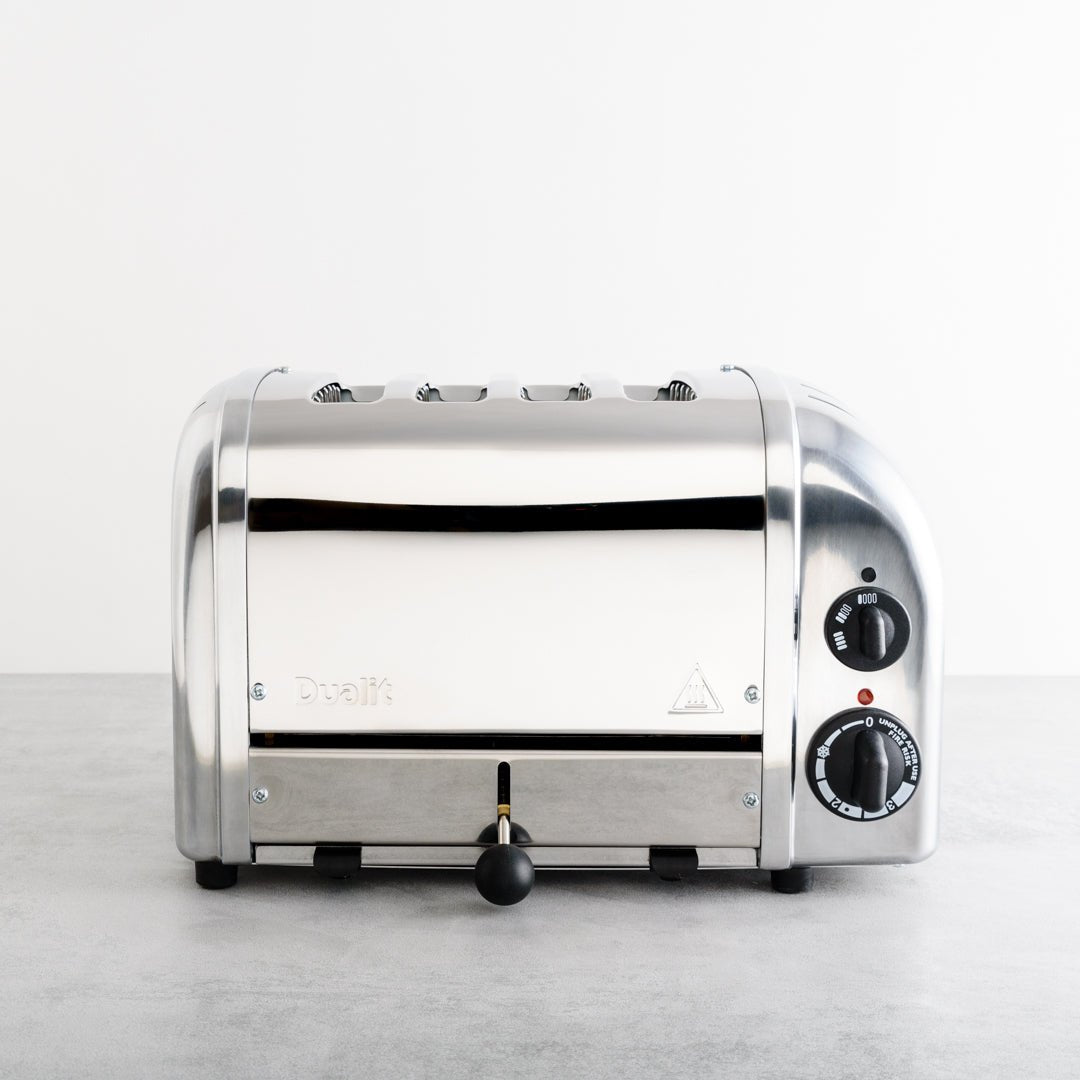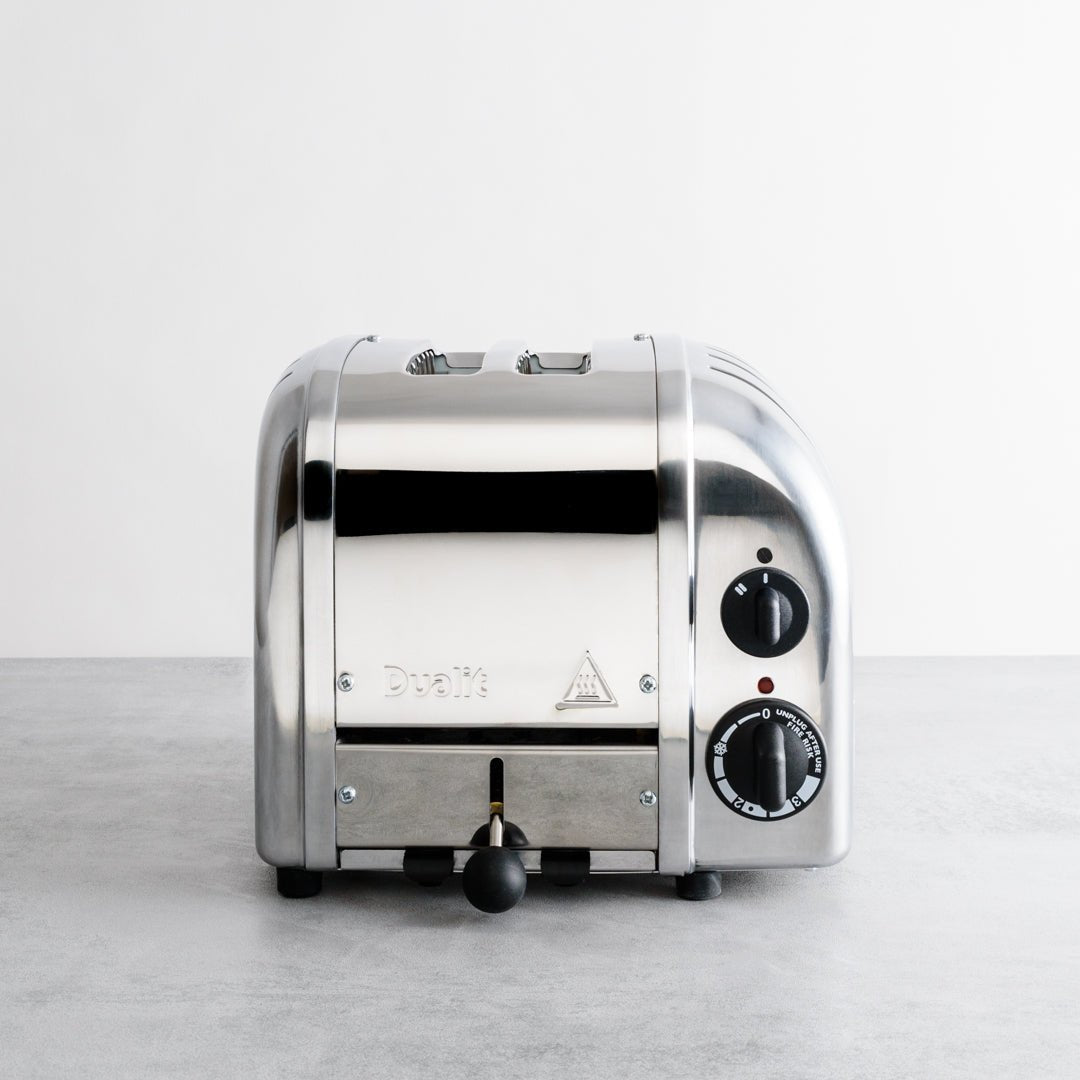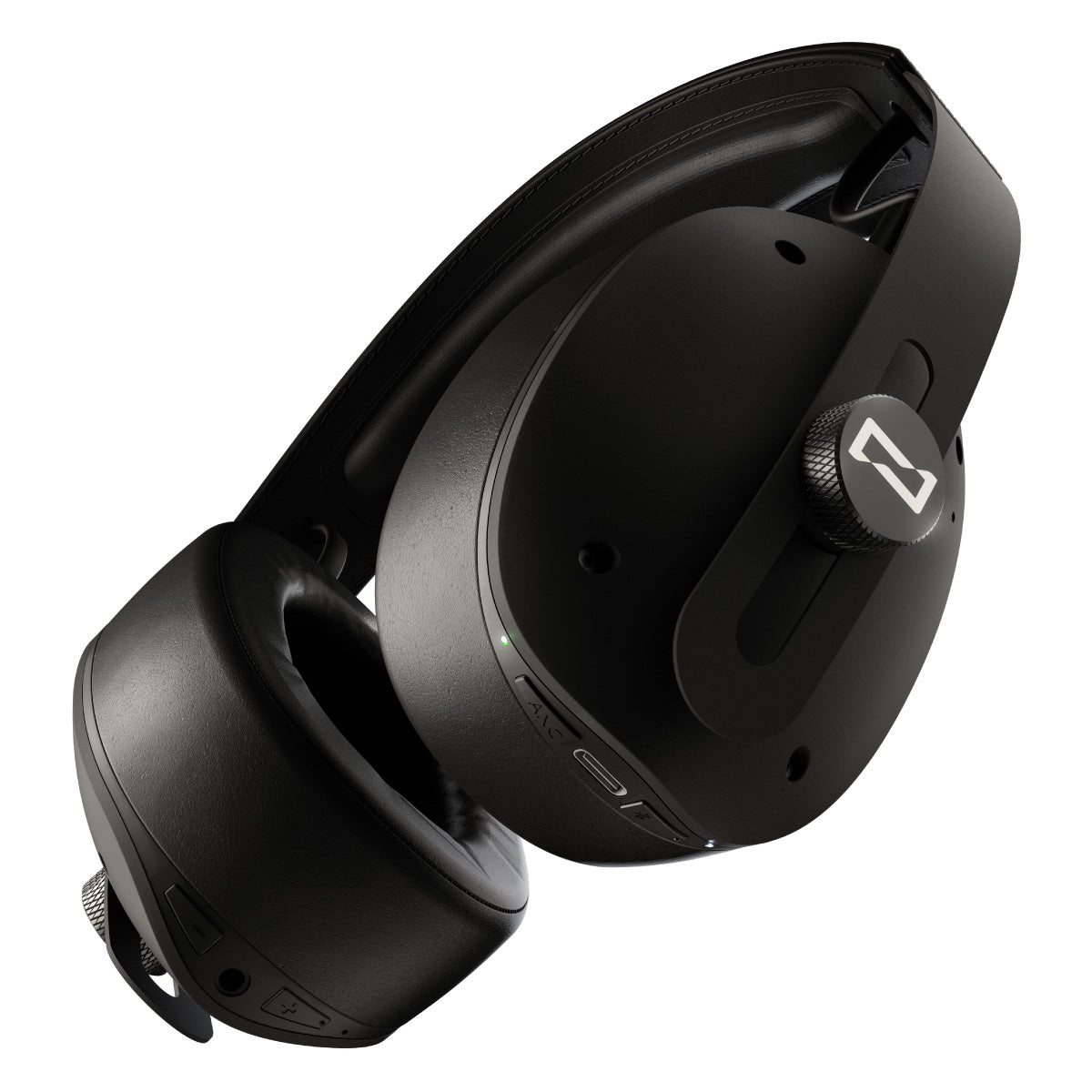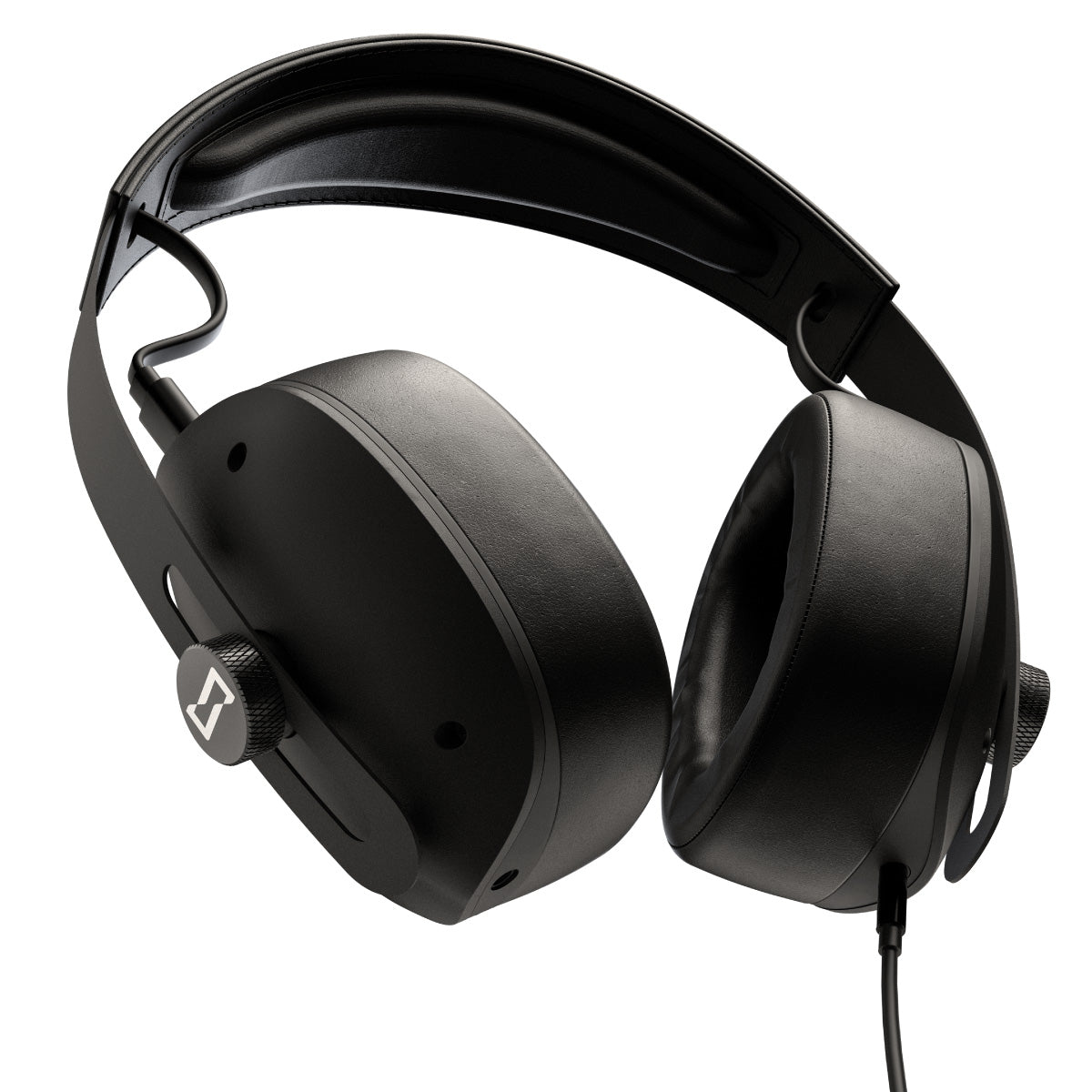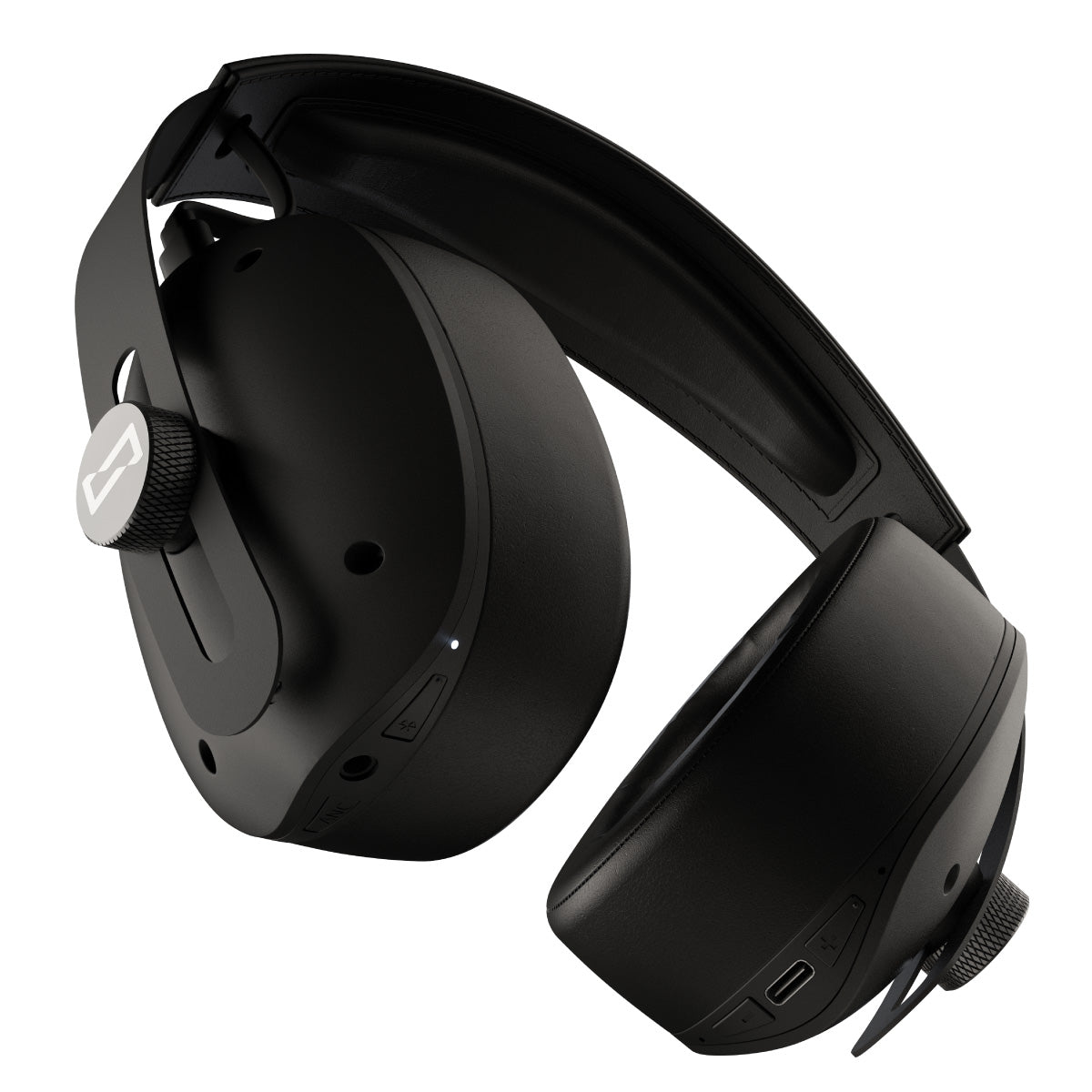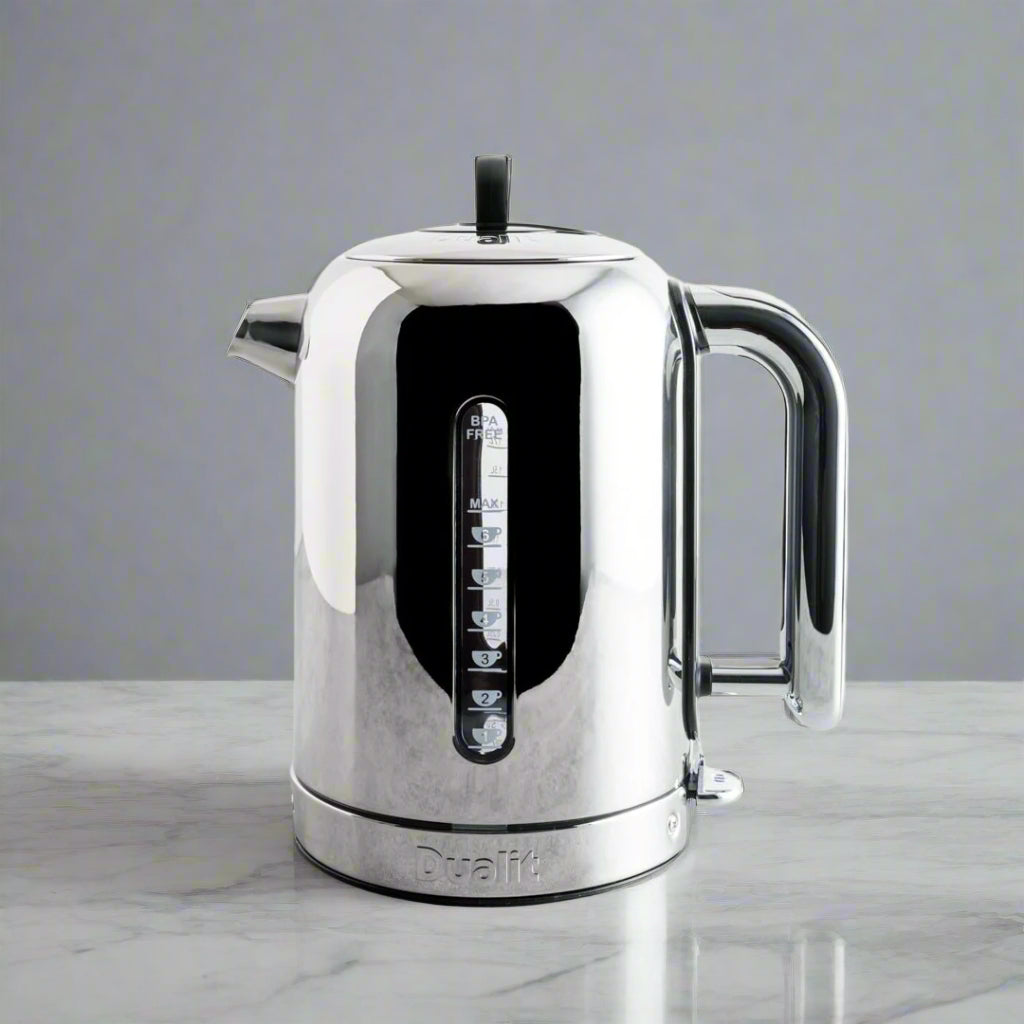Long-Lasting Electronics
Electronics that last, and keep working like they should. This collection features repairable, long-lasting devices picked for their reliability and smart design. Think modular headphones you can fix with a screwdriver, or LED bulbs that quietly outlive the rest. Less waste, fewer replacements, and gear you can count on.
FAQs about Long-Lasting Electronics
What are the longest-lasting headphones or electronics available?
The longest-lasting headphones and electronics use top-notch parts, solid warranties and repairable designs. In headphones, wired over-ear models tend to last longest, thanks to fewer fiddly bits. Look for electronics with years of software support, not months. A higher price tag often means better components and a lower cost per use. Brands like Fairphone and AIAIAI focus on longevity from the start. You’ll find more tried-and-tested favourites in our long-lasting electronics collection and learn how we choose them on our durability research page.
How do I clean and care for wireless headphones to extend their life?
To keep wireless headphones going strong, clean them gently with a dry cloth and avoid moisture near buttons or charging ports. Wash removable tips or cushions with mild soap and water, then let them dry fully before reattaching. Always store them in a case, and steer clear of extreme temperatures. Charging only when needed helps your battery last longer too. It’s not rocket science, but a bit of TLC goes a long way. For more tips, visit our product care and repair hub.
How do I pair wireless headphones with my phone or laptop?
To pair wireless headphones with your phone or laptop, switch them on and pop them into pairing mode (usually by holding the power button until a light flashes). Then head to your device’s Bluetooth settings and tap on the headphone name. They should connect straight away, and many models reconnect automatically next time. If it asks for a PIN, try 0000 or 1234. Some headphones let you pair with two devices at once, so switching between your laptop and phone is faff-free. Handy, isn’t it?
What’s the difference between noise-cancelling and noise-reducing headphones?
Noise-cancelling headphones actively block sound by generating waves that cancel background noise-ideal for flights or loud commutes. They need power to work, though. Noise-reducing (aka passive) models simply shield your ears with padded cups. They won’t hush a plane engine, but they’re lighter and often more durable. If you’re after fewer electronics and longer lifespan, passive headphones are worth a look. And no batteries means one less thing to worry about mid-journey.
Can I connect Bluetooth headphones to a games console like the PS5?
Most consoles, including the PS5, don’t support regular Bluetooth headphones straight out of the box. It’s to do with lag-free sound, not just being awkward. You can use a Bluetooth adapter via USB or audio jack, or opt for a wireless headset made for gaming. These often come with a USB dongle and will handle chat and game sound properly. For the most reliable setup, many gamers still swear by trusty wired headphones.
Which headphones are best for high-quality music listening?
The best headphones for high-quality music listening are usually wired, over-ear and open-backed. These designs offer a wide frequency range, natural sound, and no audio lag. Look for balanced drivers, cushioned pads and sturdy, repairable parts. Many audiophile models support high-resolution audio via 3.5mm or USB-C connections. While wireless tech is improving, wired still wins for consistent sound quality–especially when you’re chasing every last detail in a track.
Are there any repairable or modular headphone options?
Yes, there are headphones designed to be truly repairable or modular-perfect if you’re tired of throwaway tech. These models come with replaceable bits like ear pads, cables and batteries, and are built to be taken apart (screws, not glue). Brands like AIAIAI offer spares and guides to keep you sorted for years. It’s better for the environment and your wallet. See a great example in our review of AIAIAI’s TMA-2 headphones.



